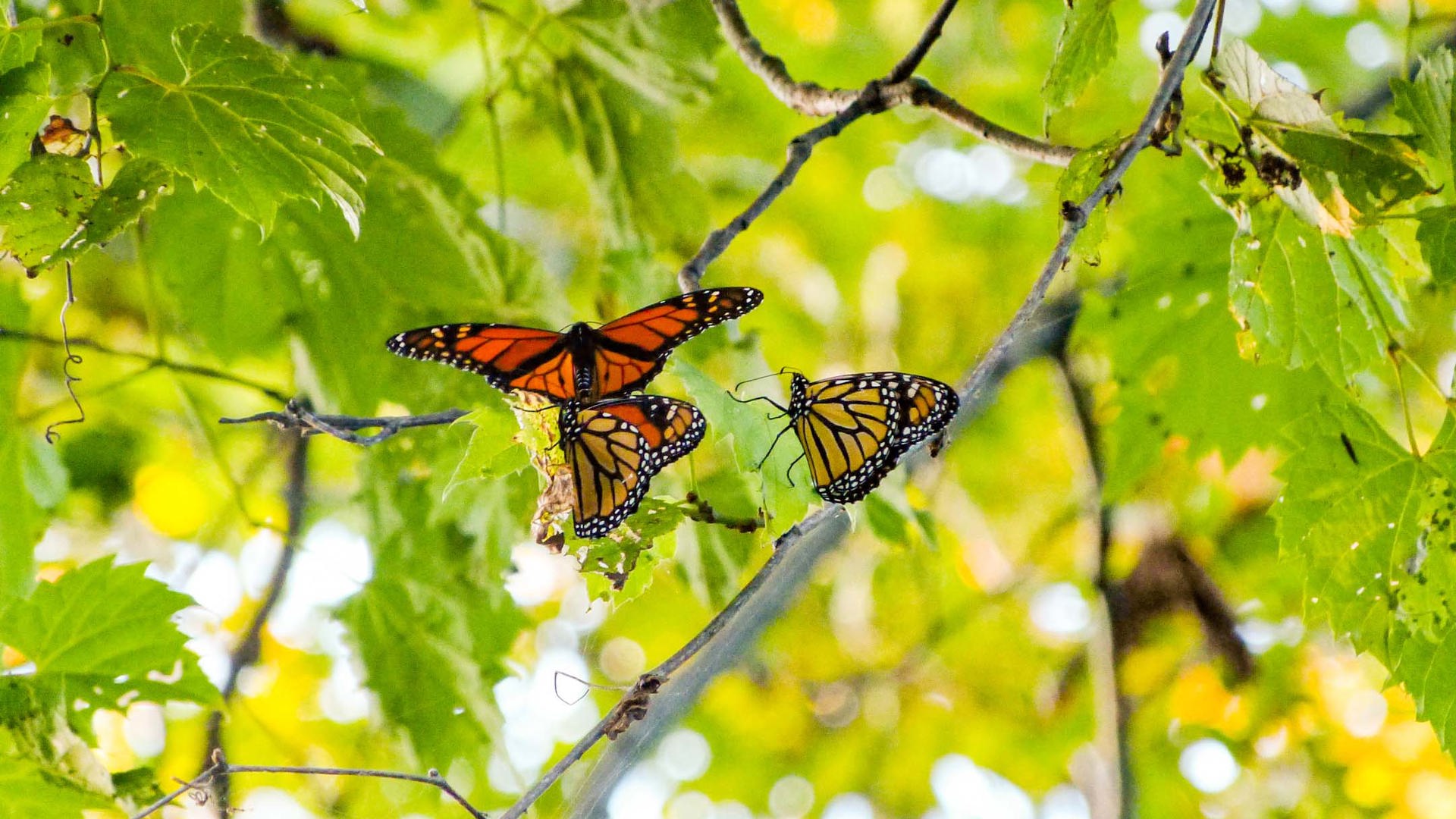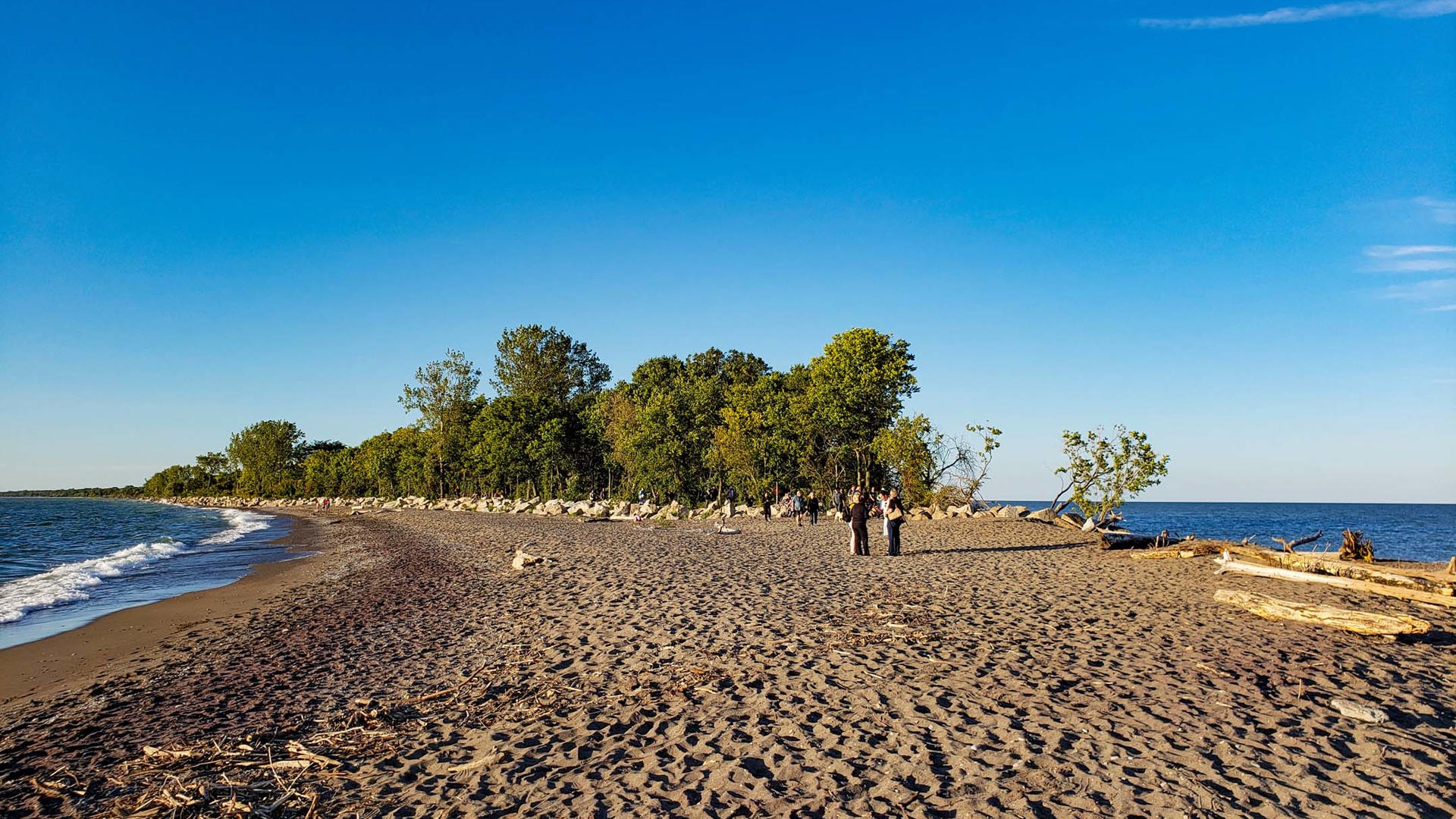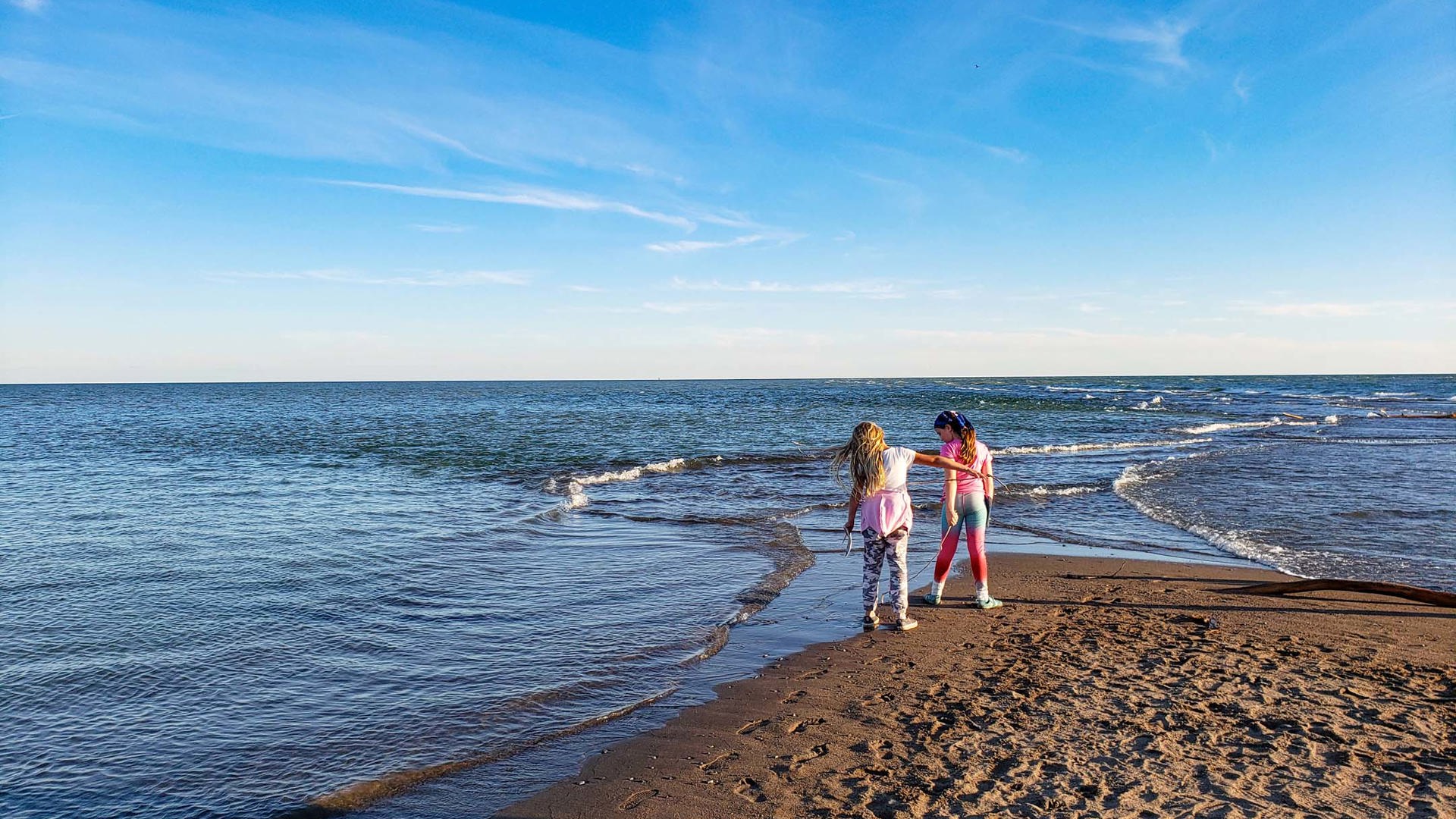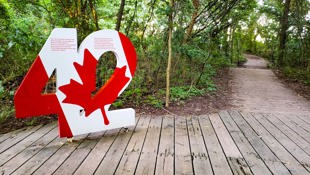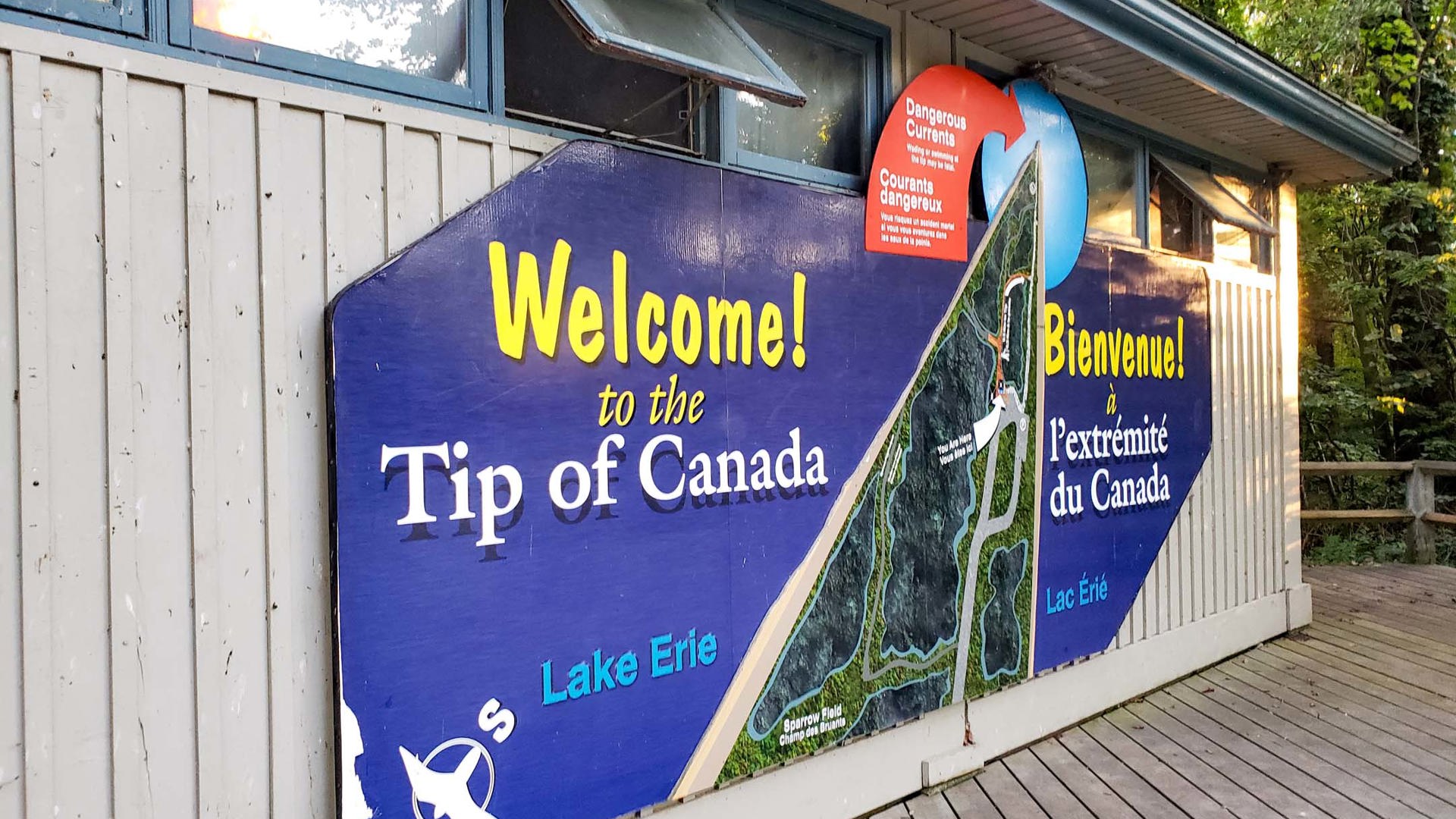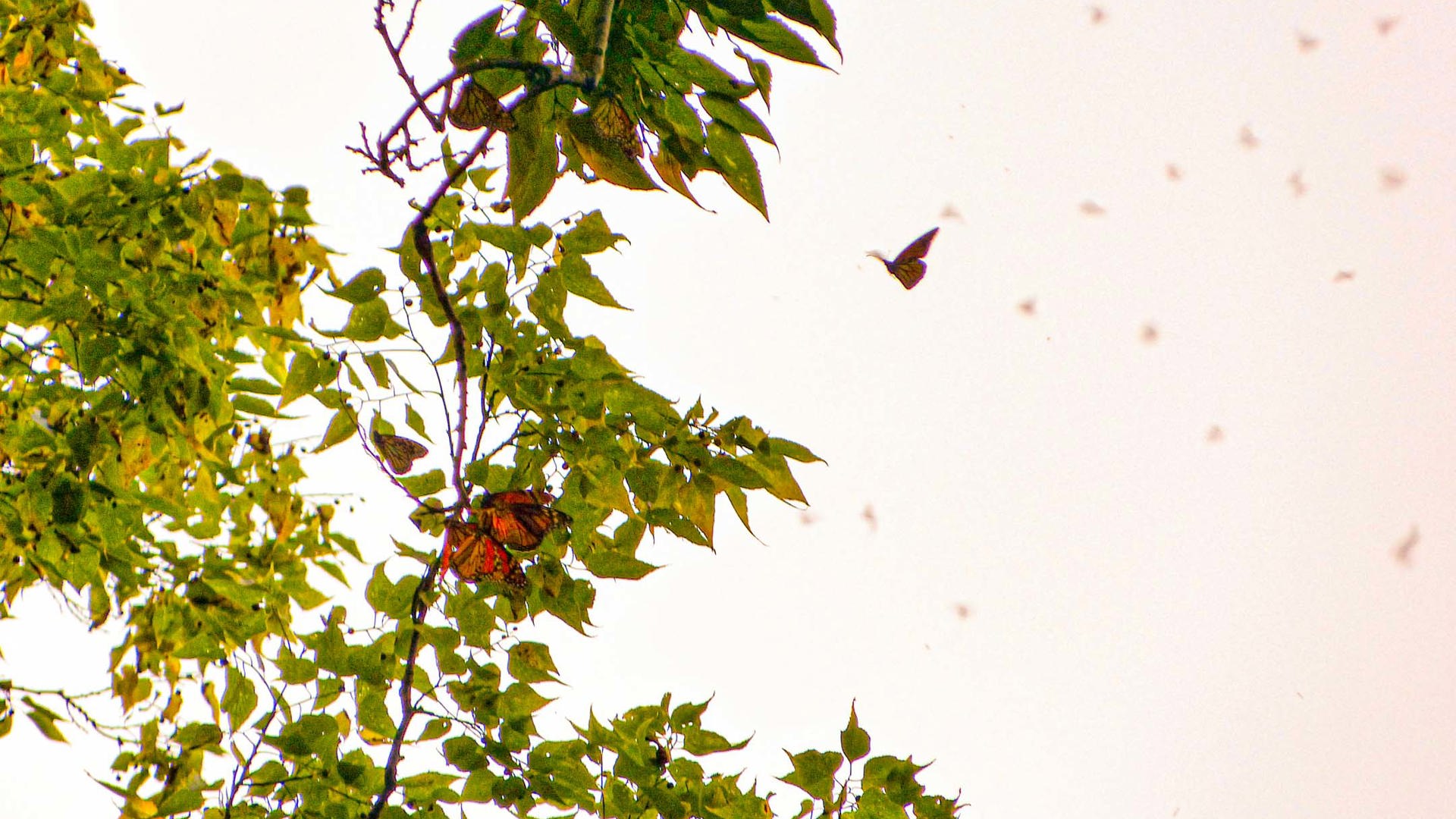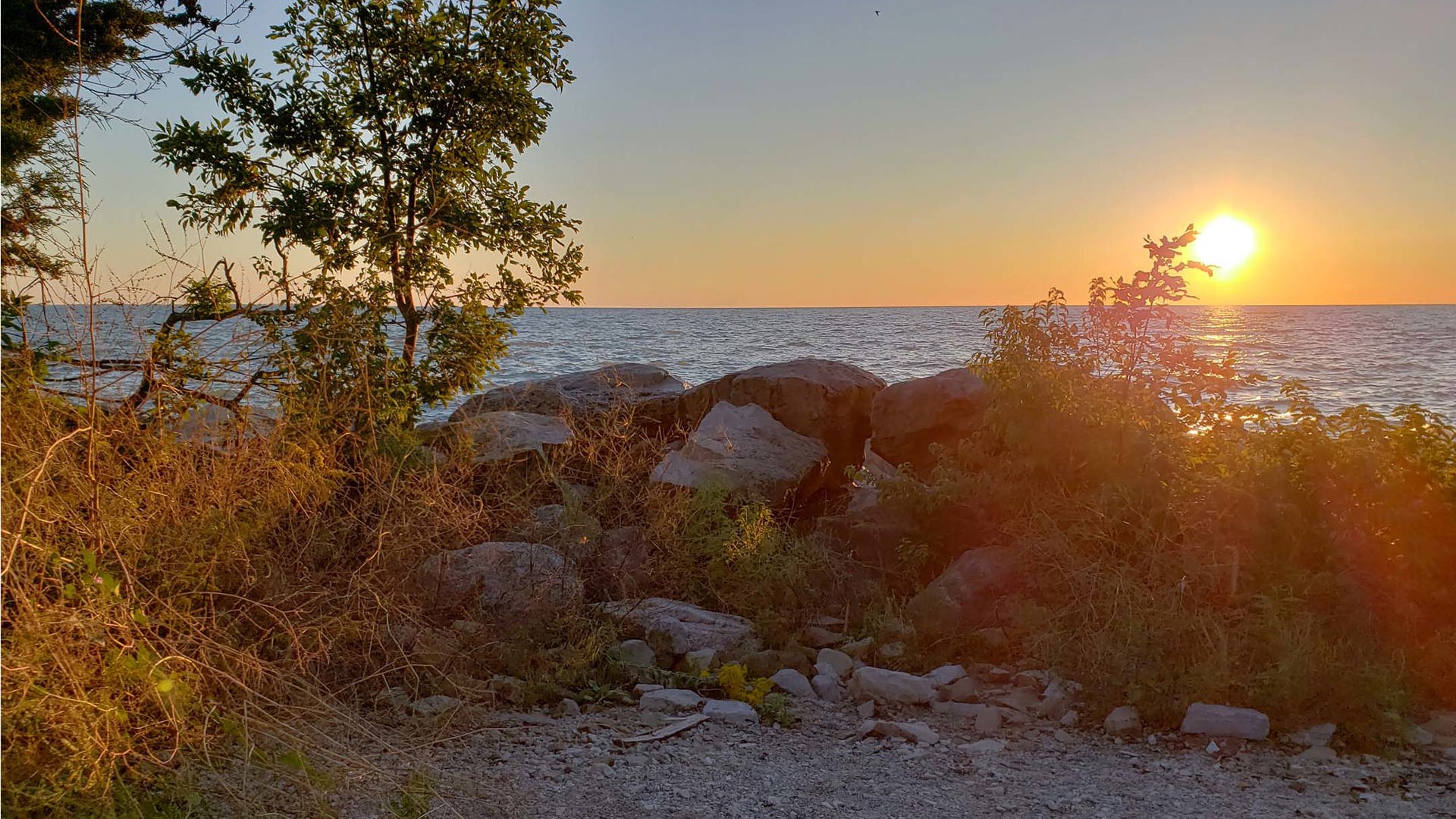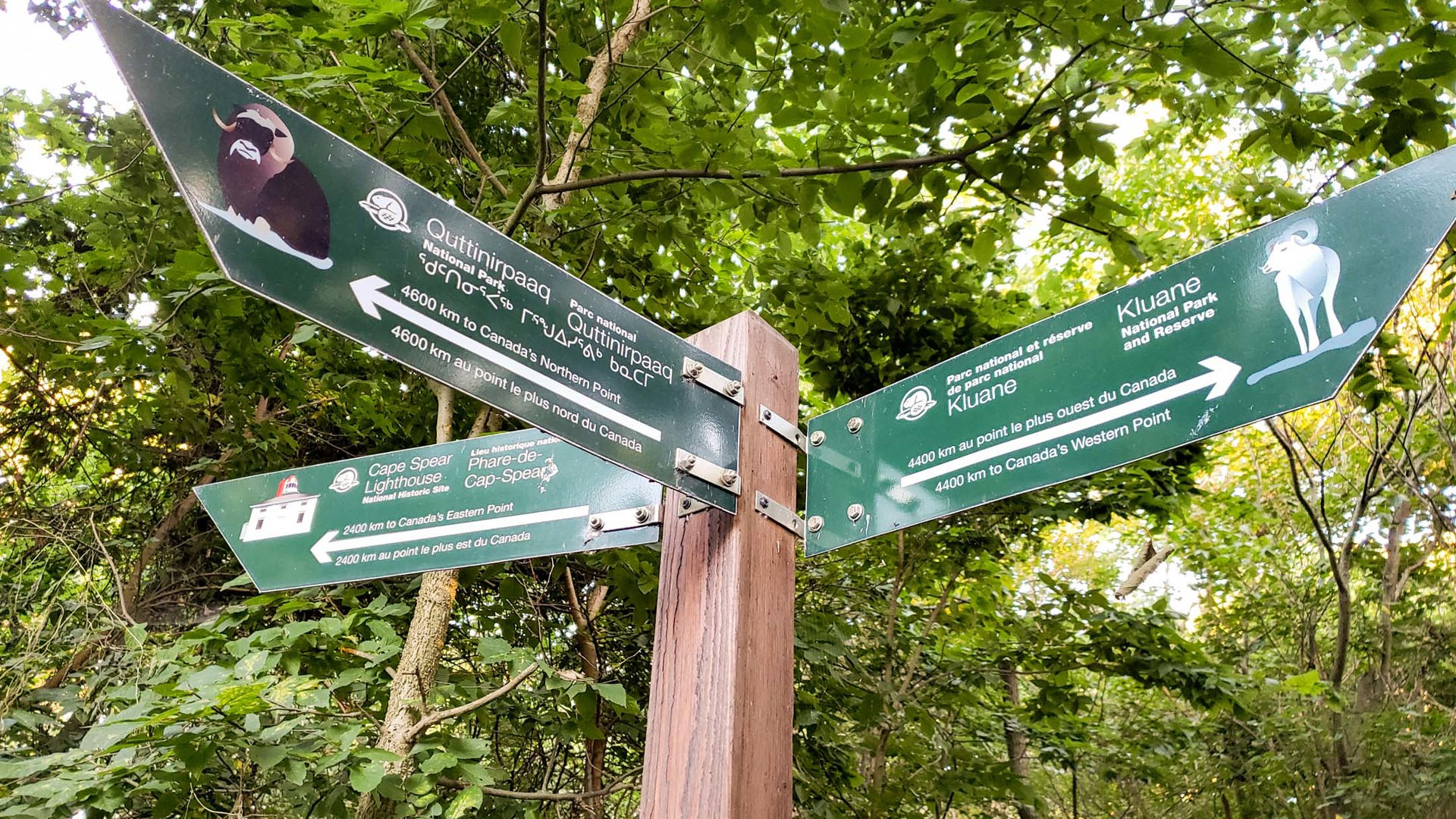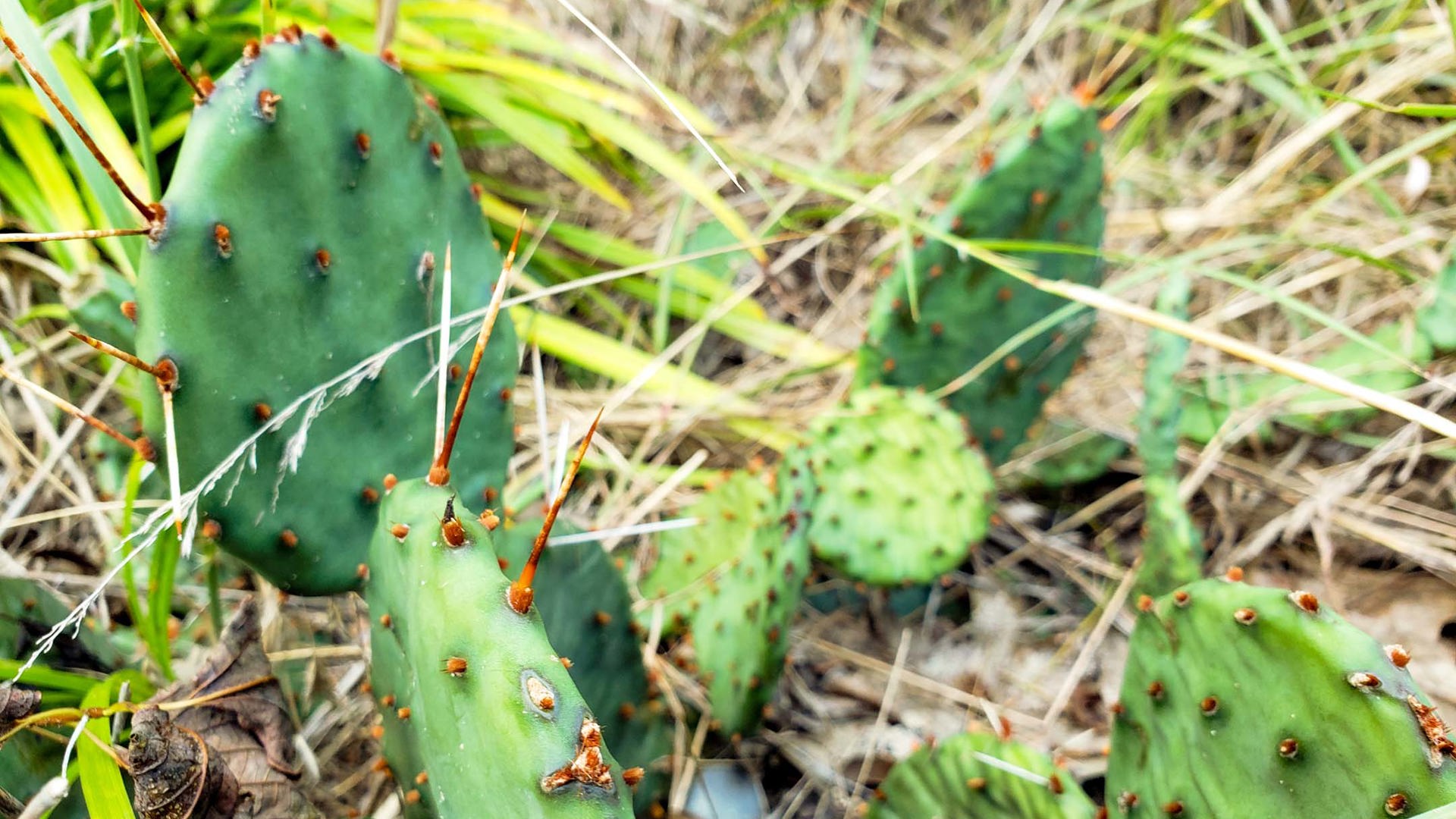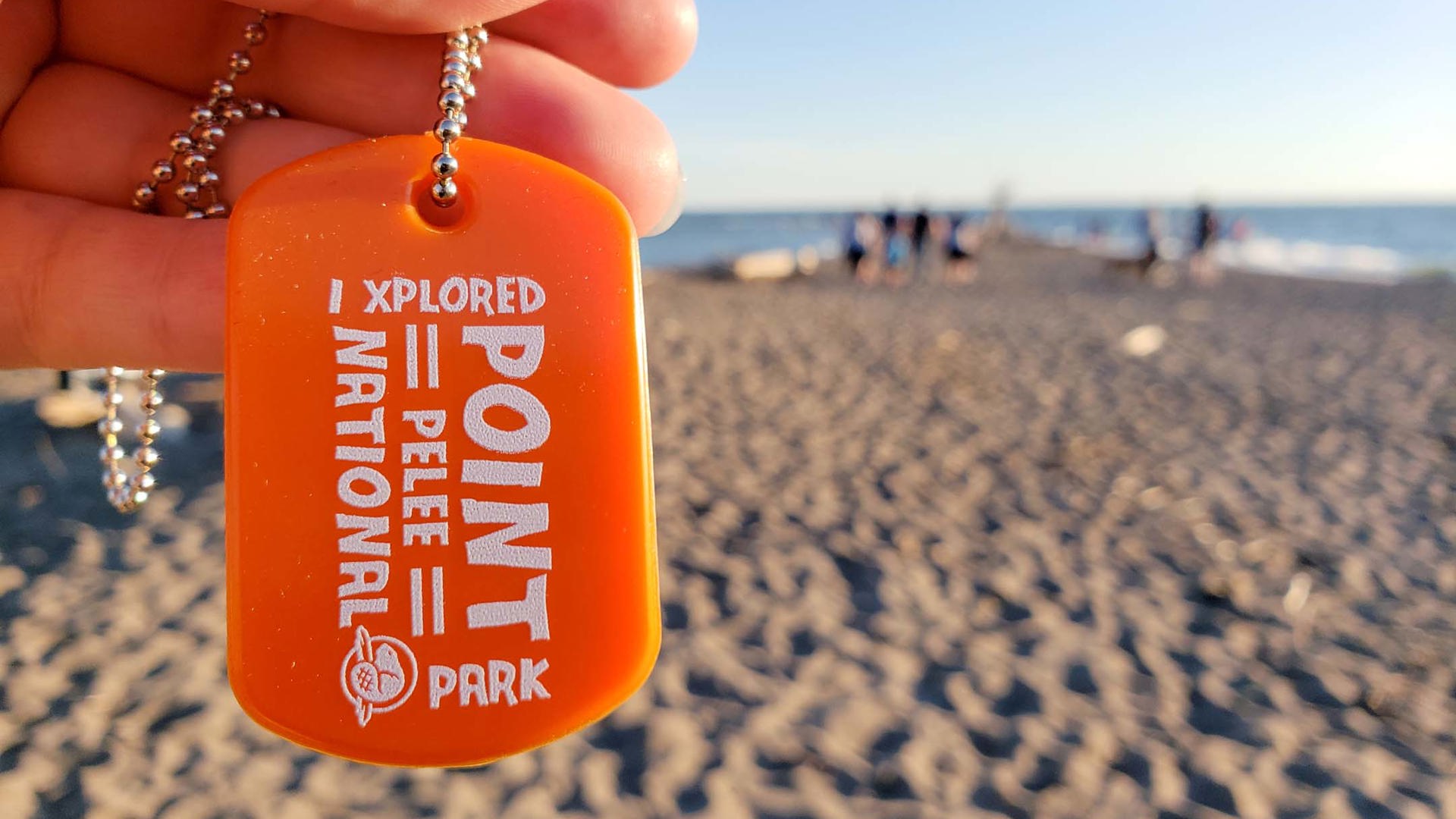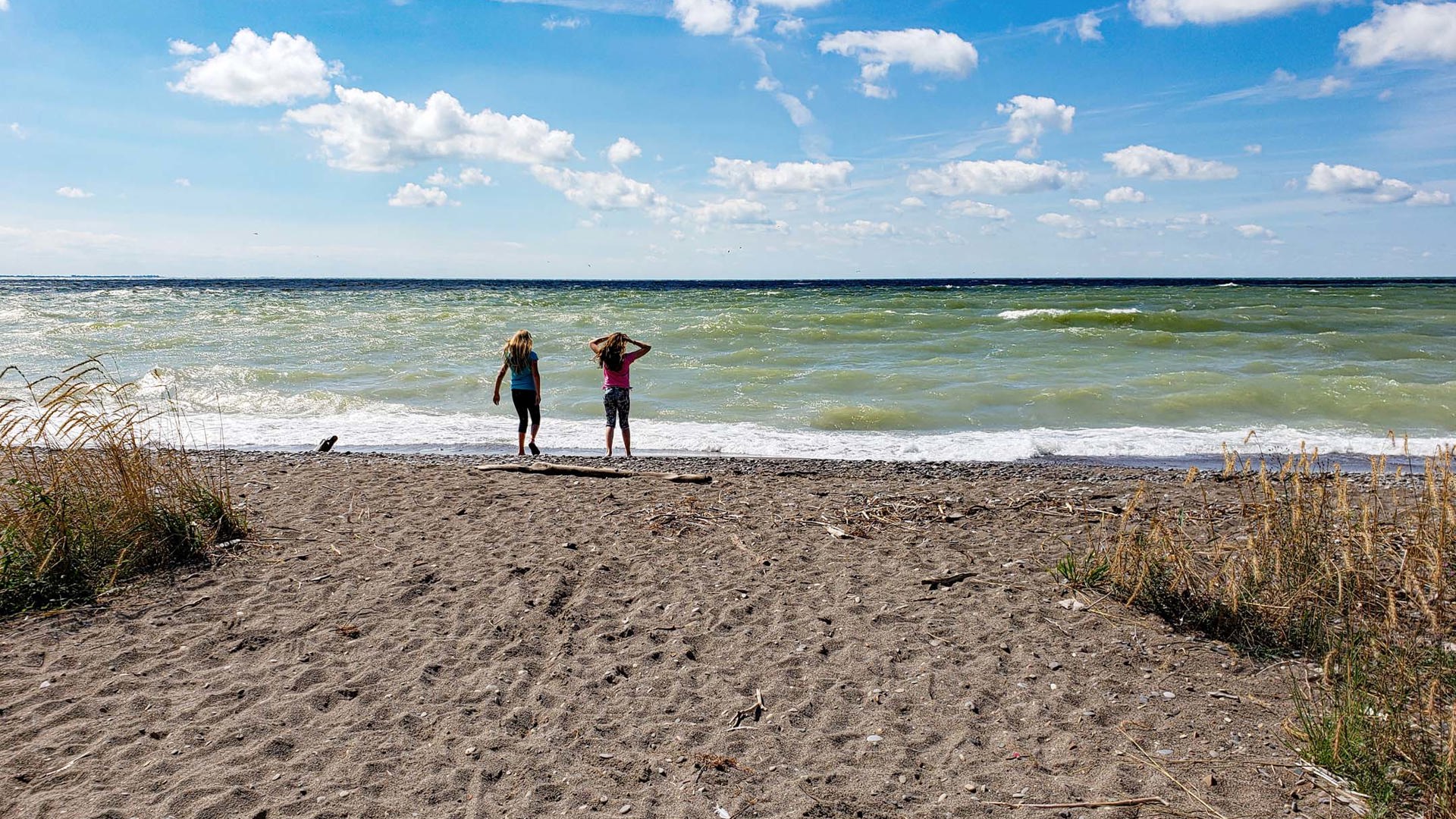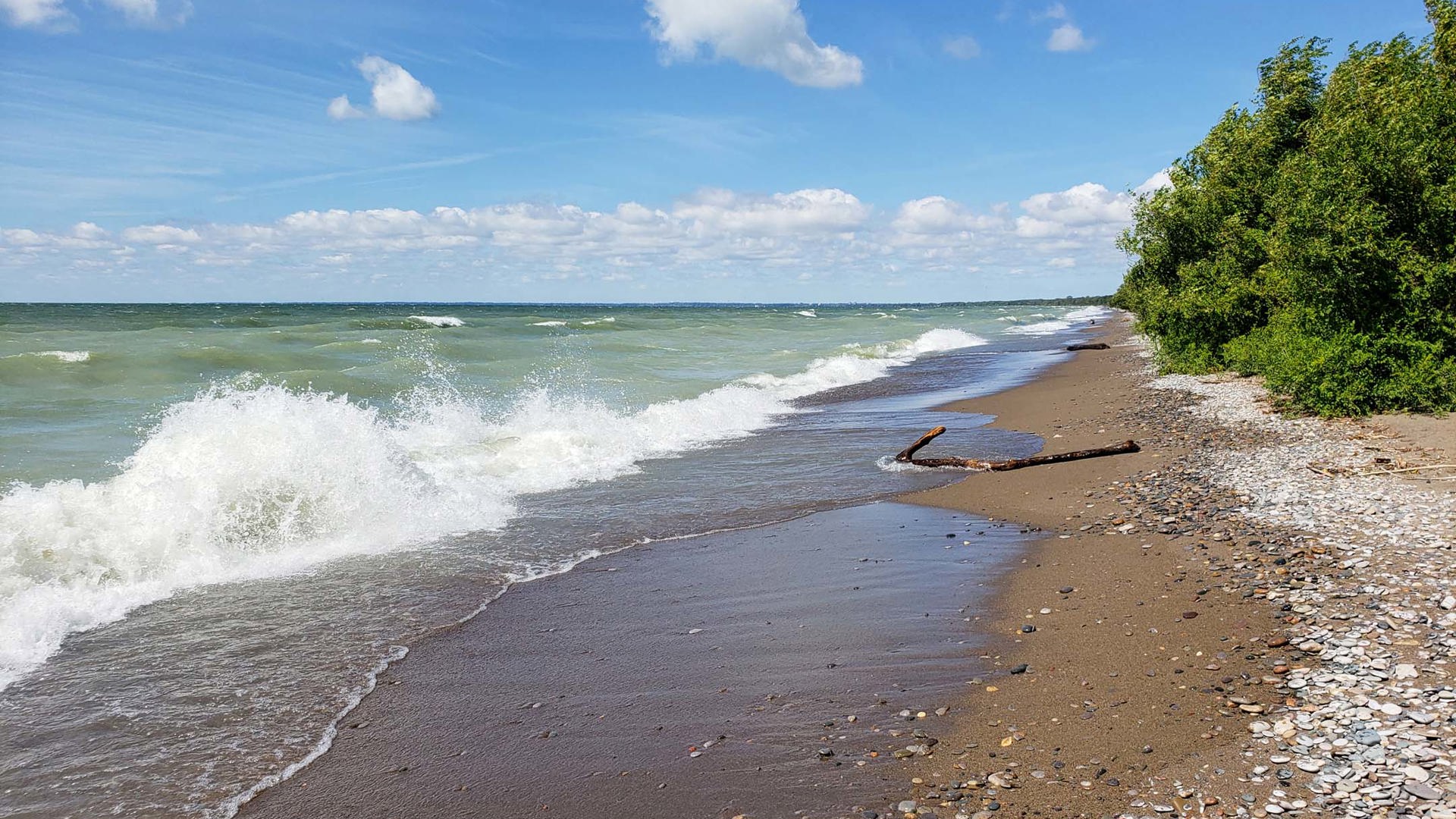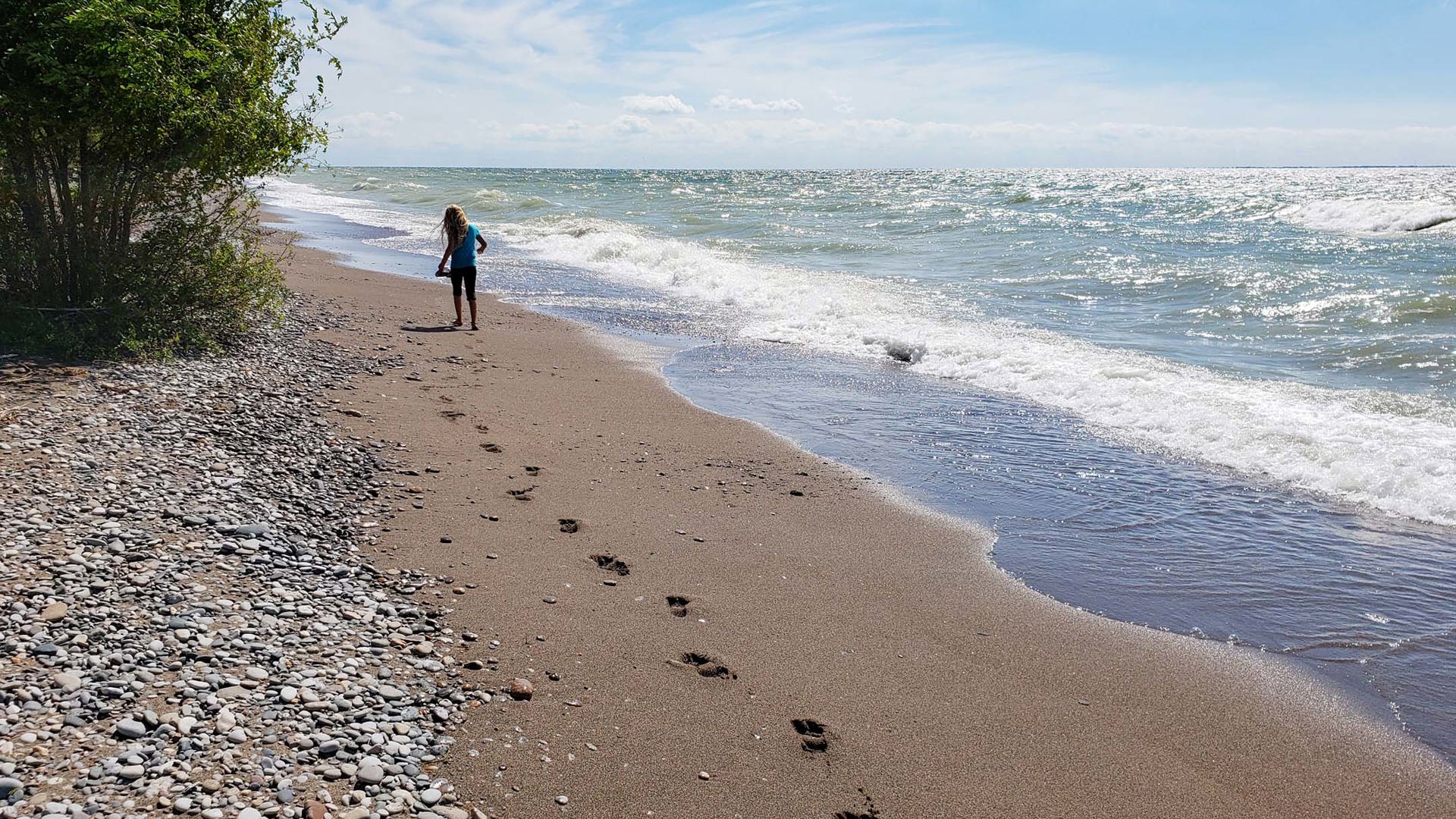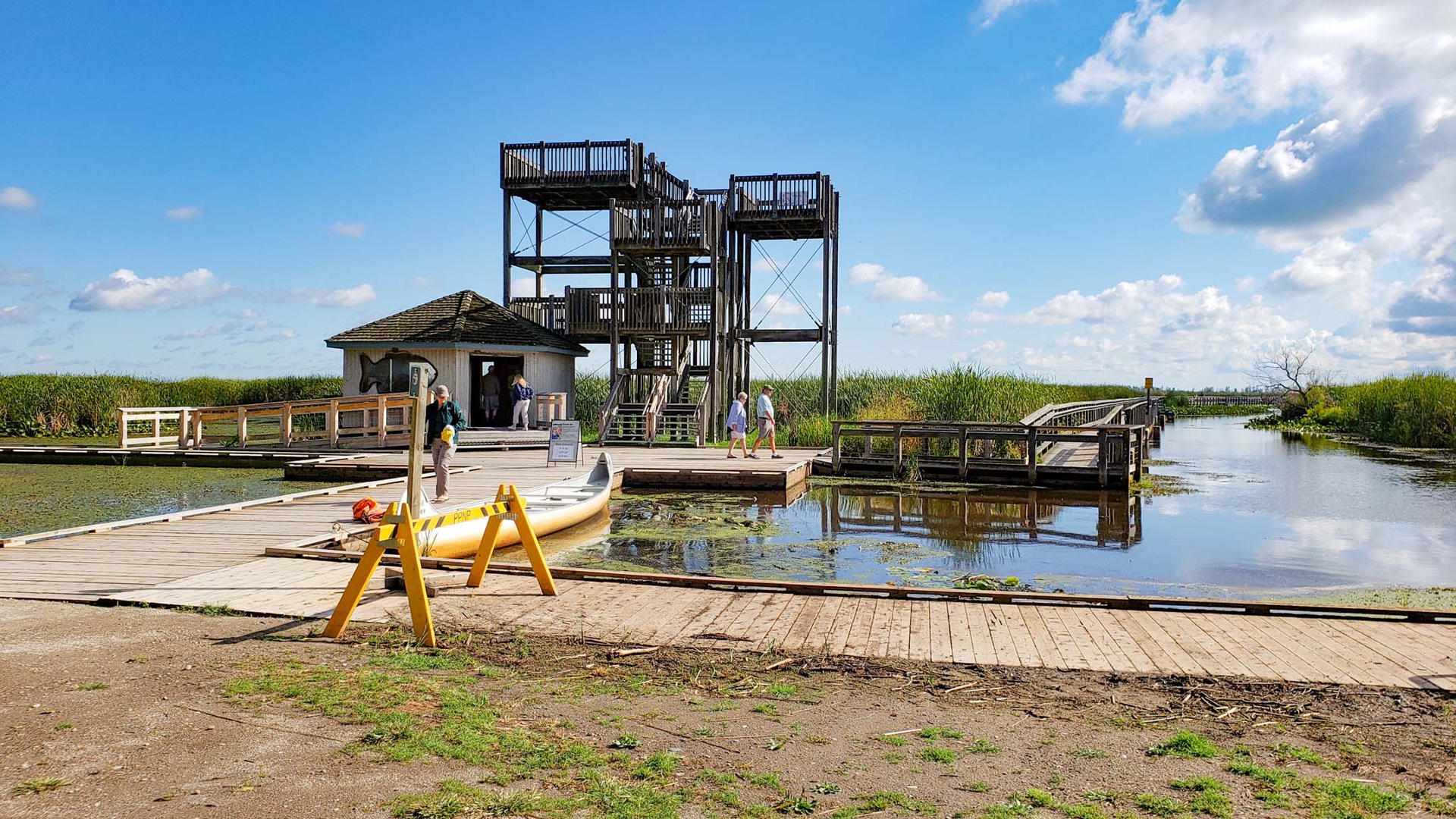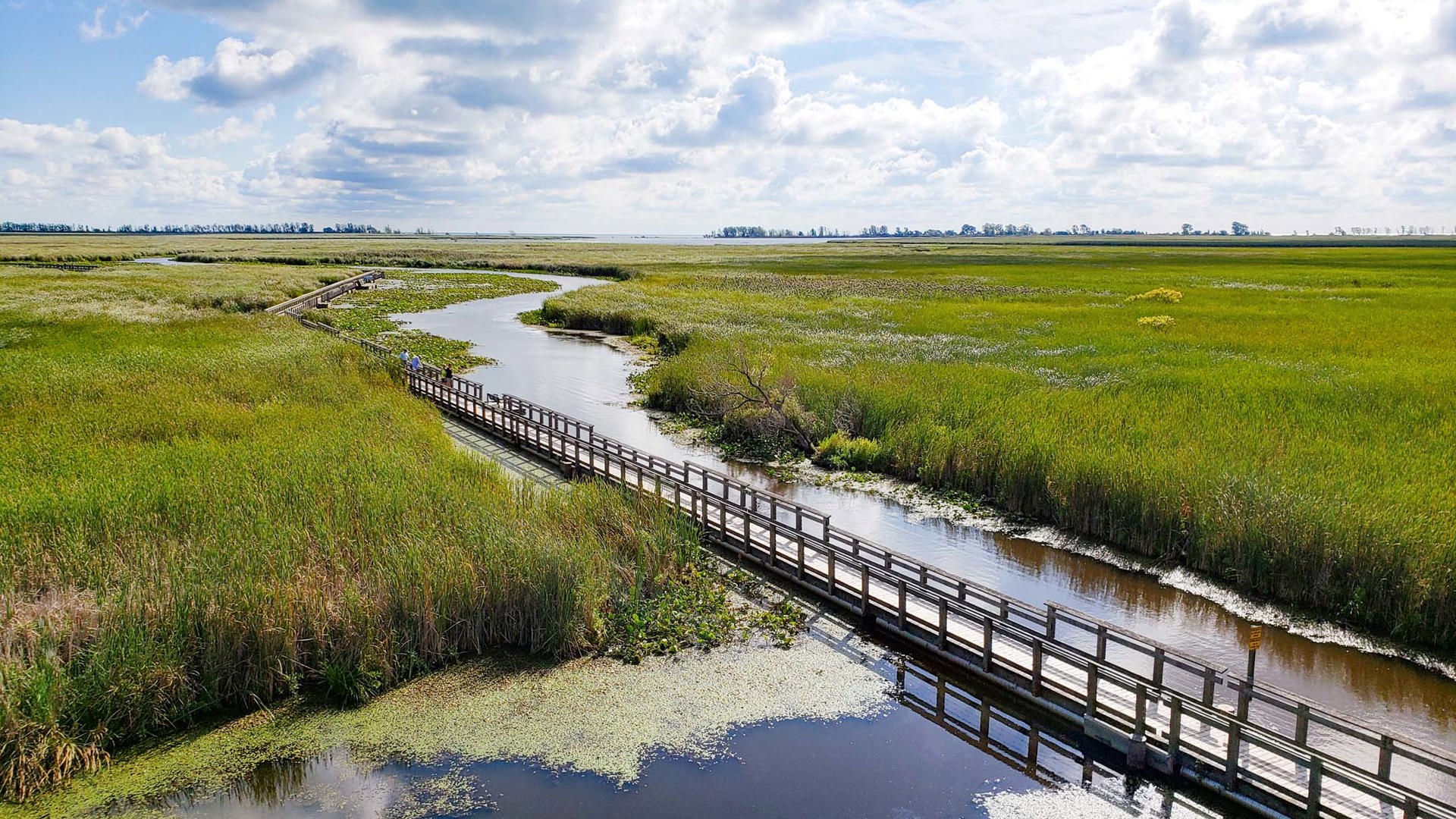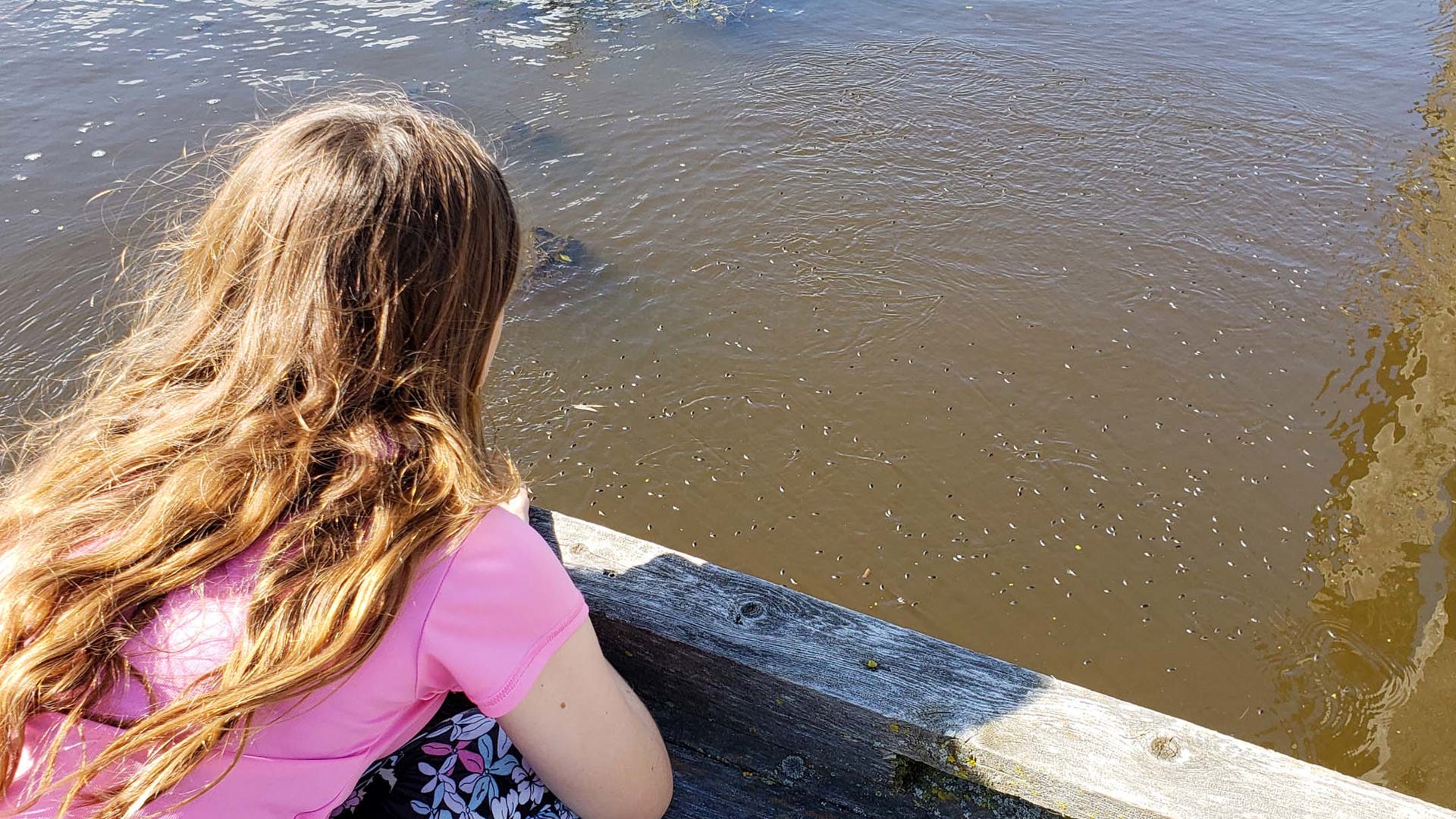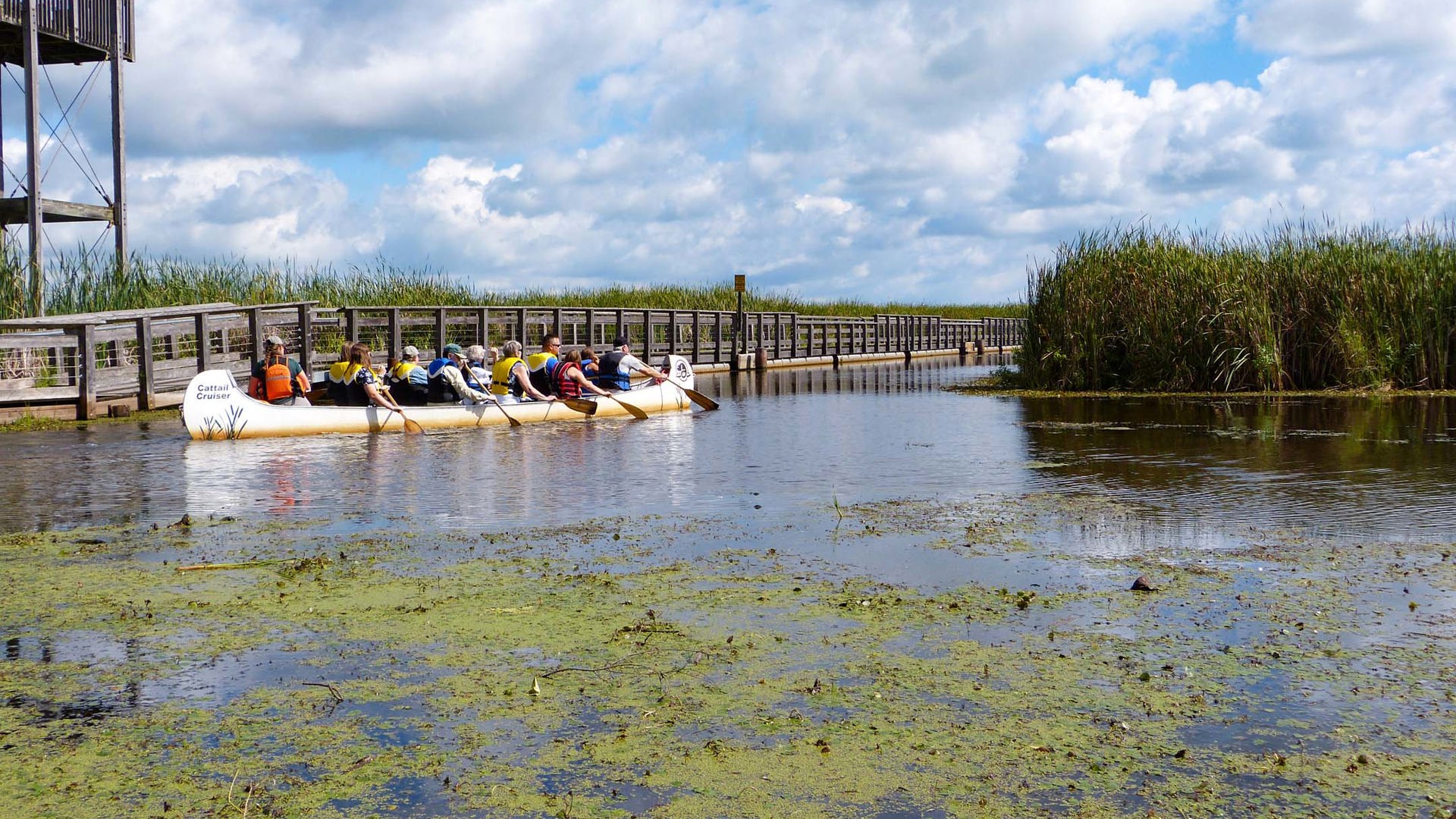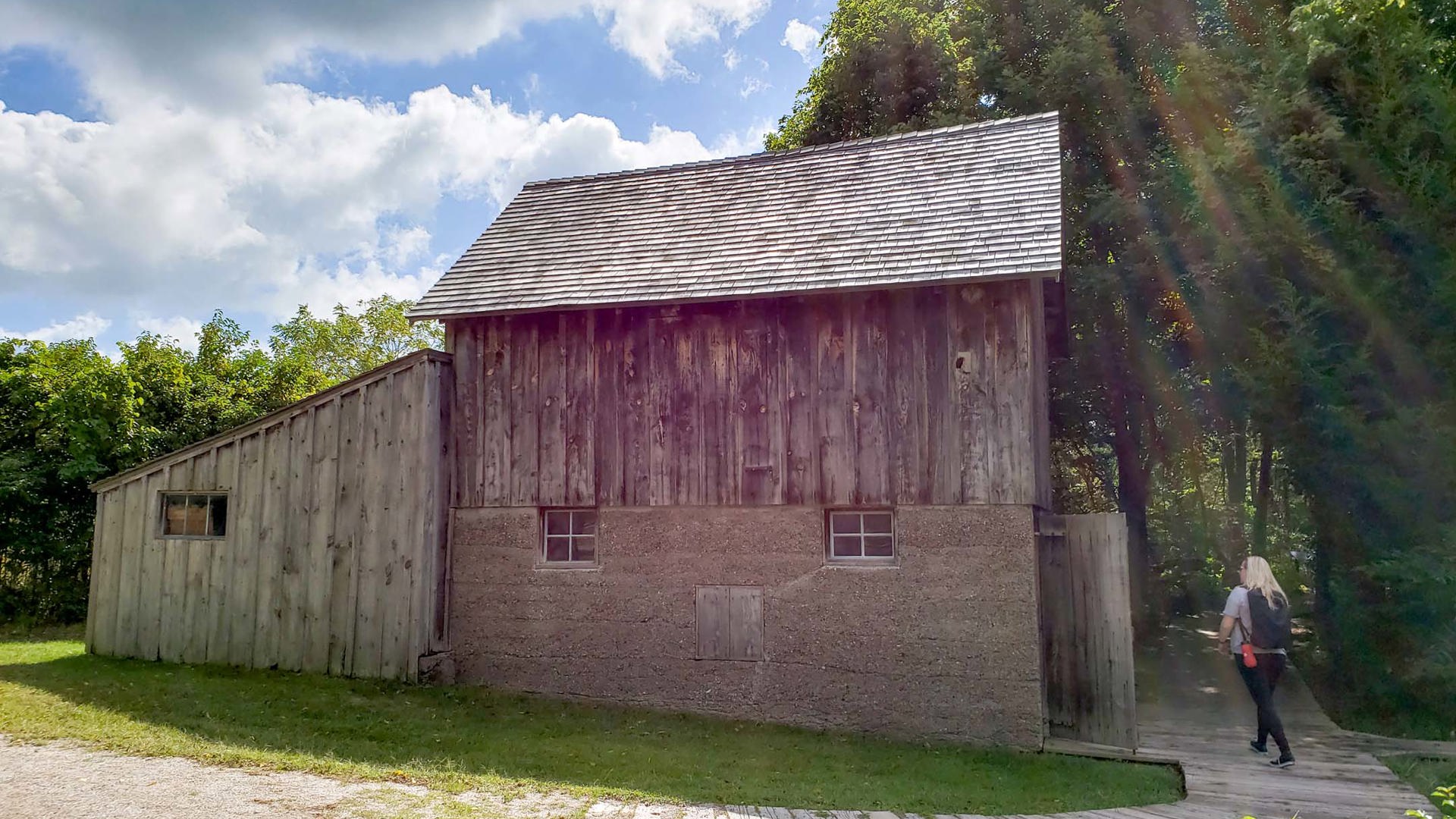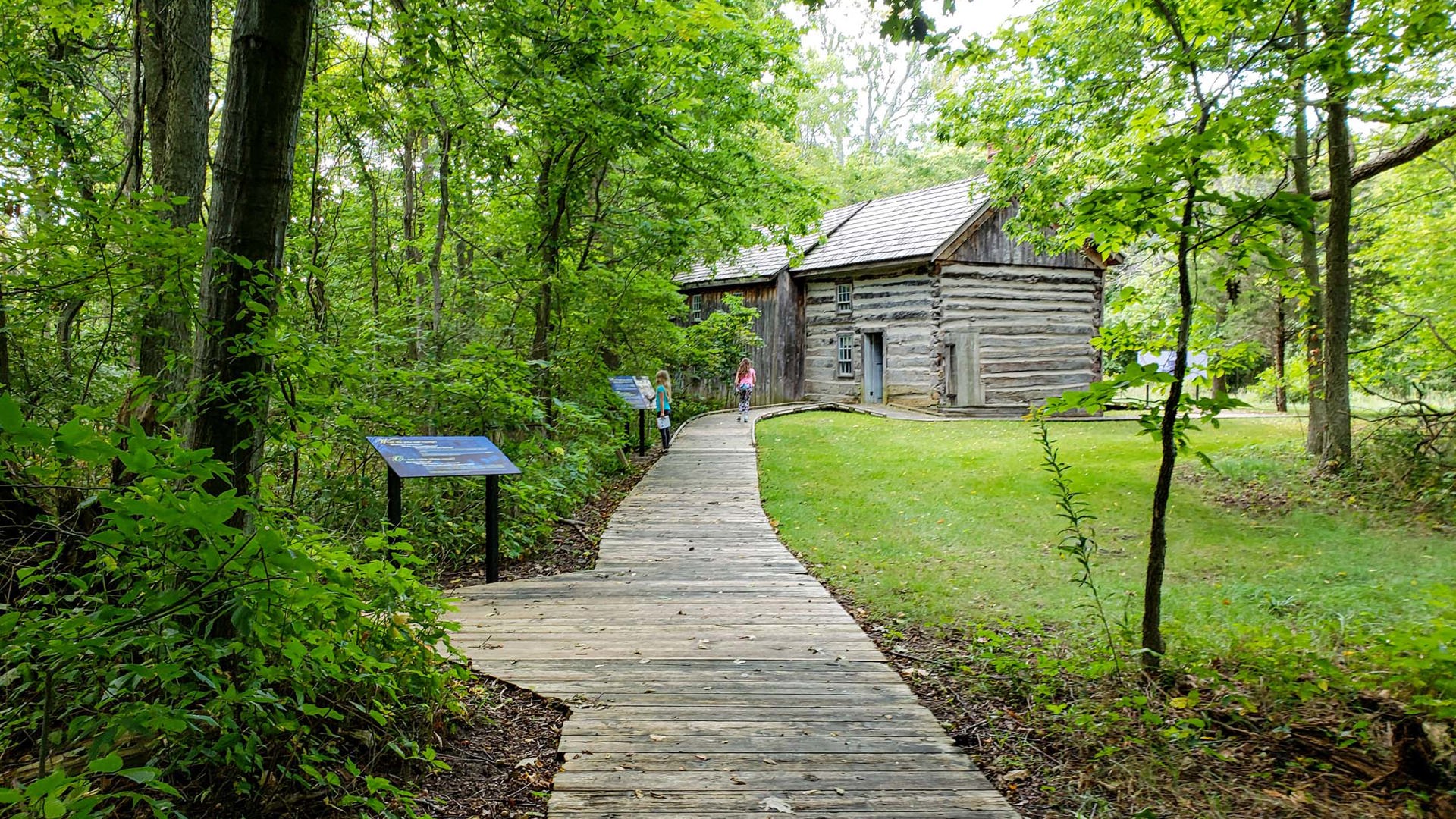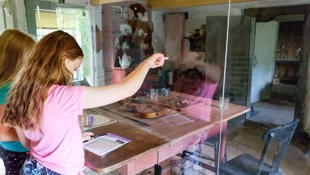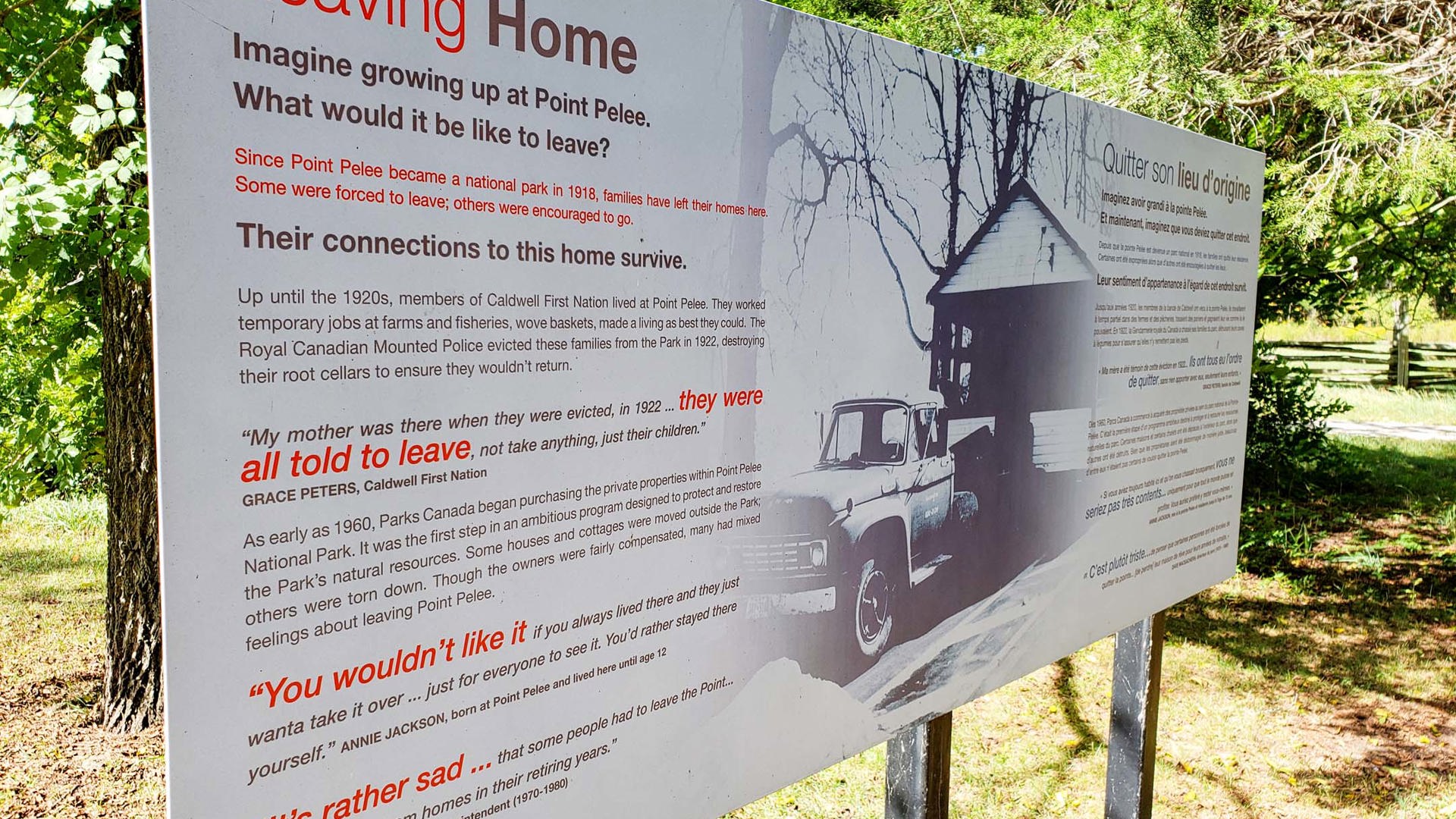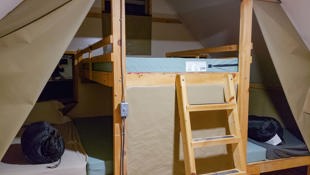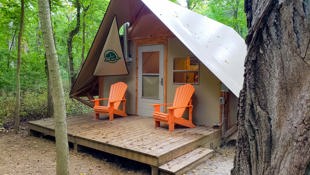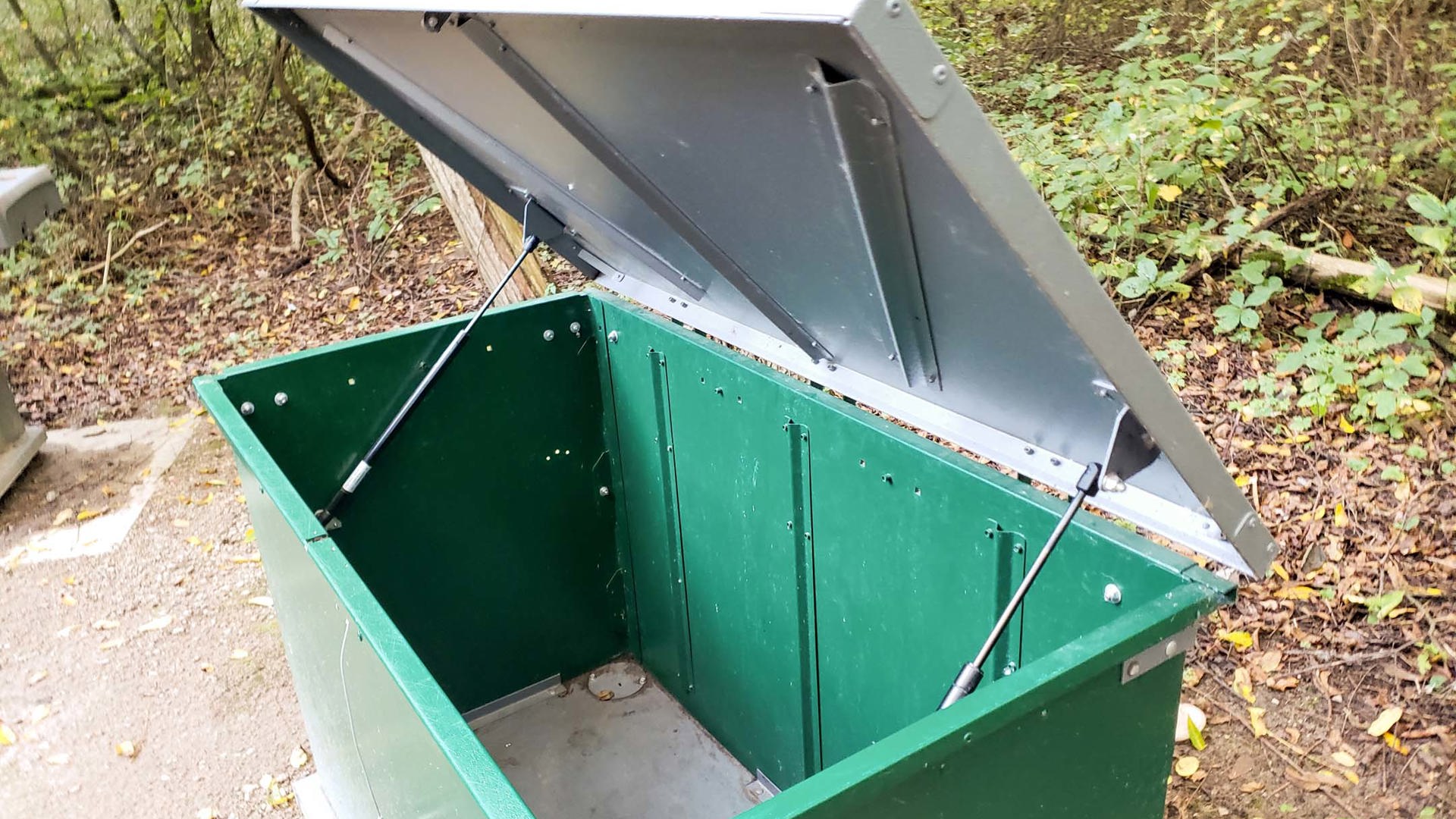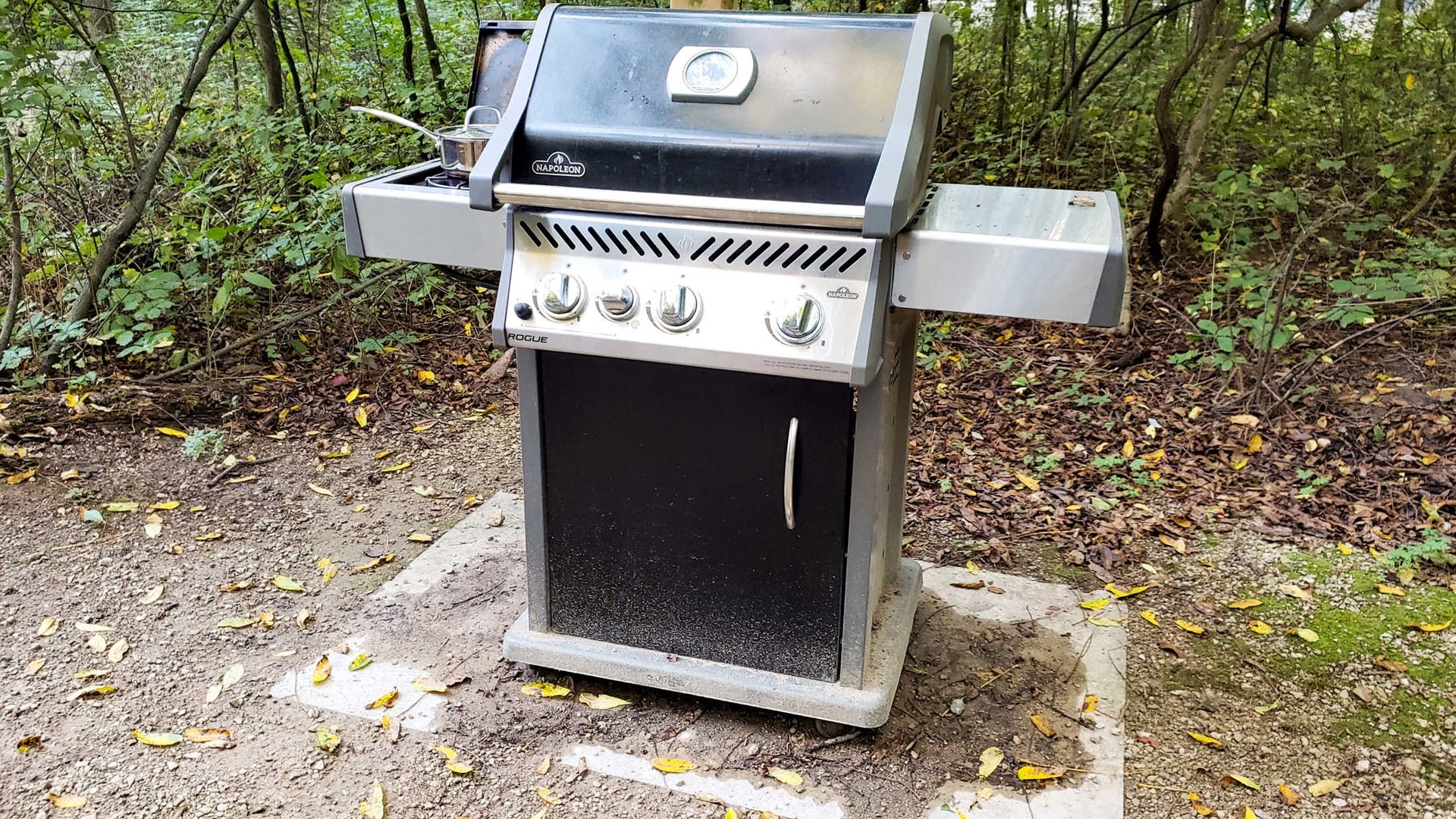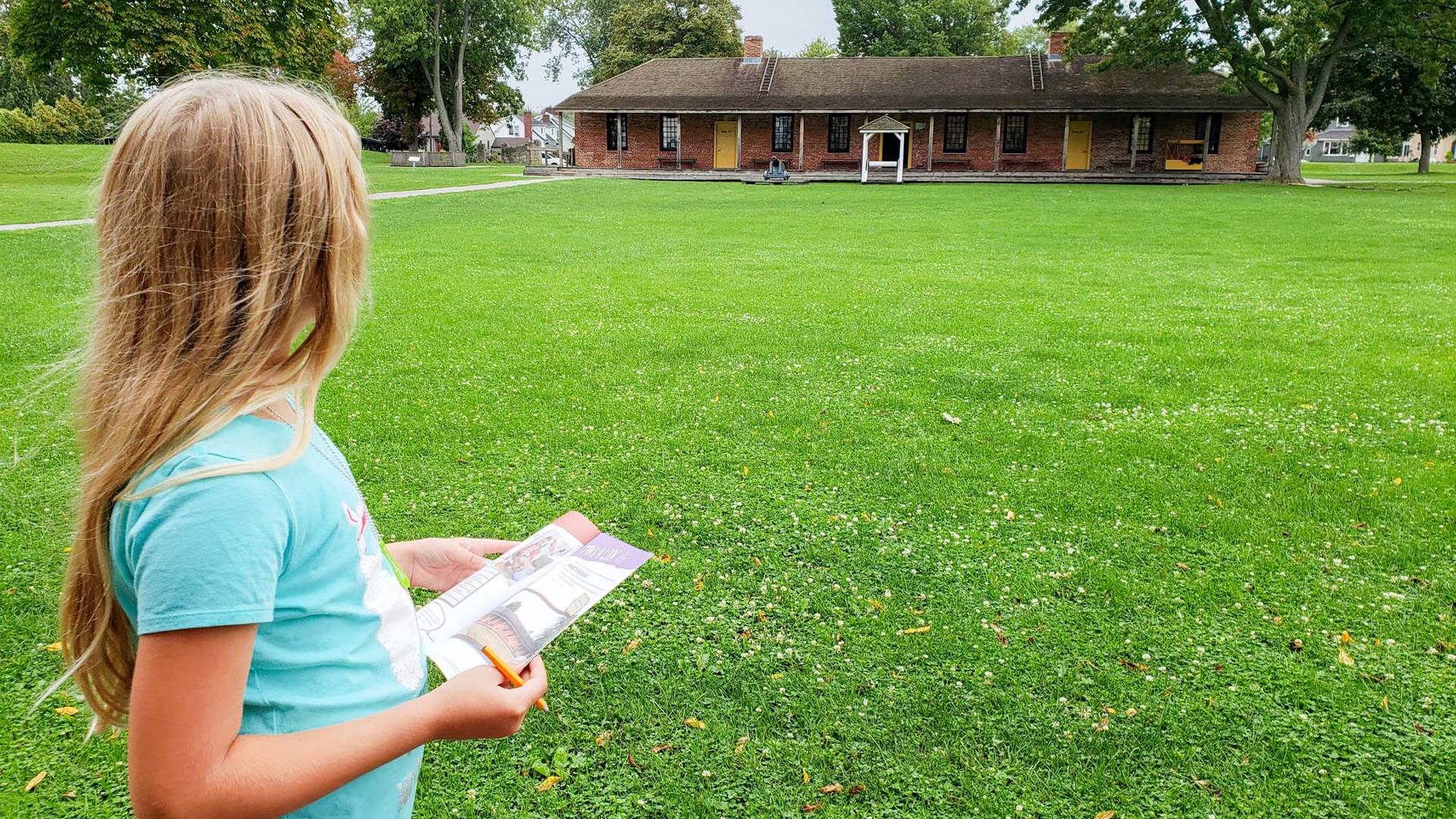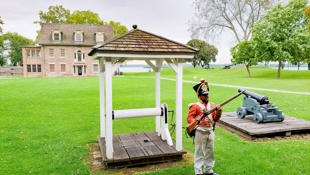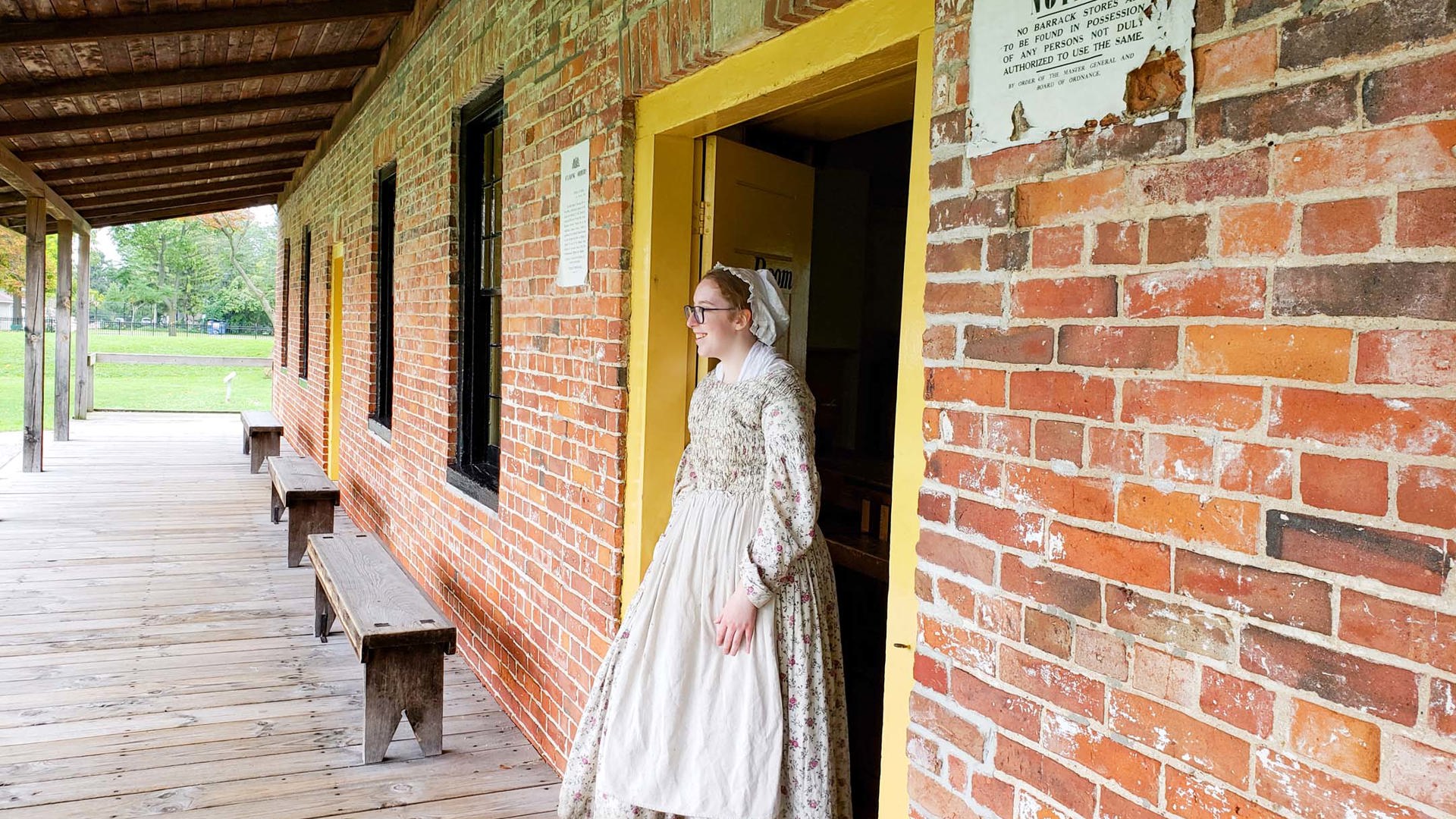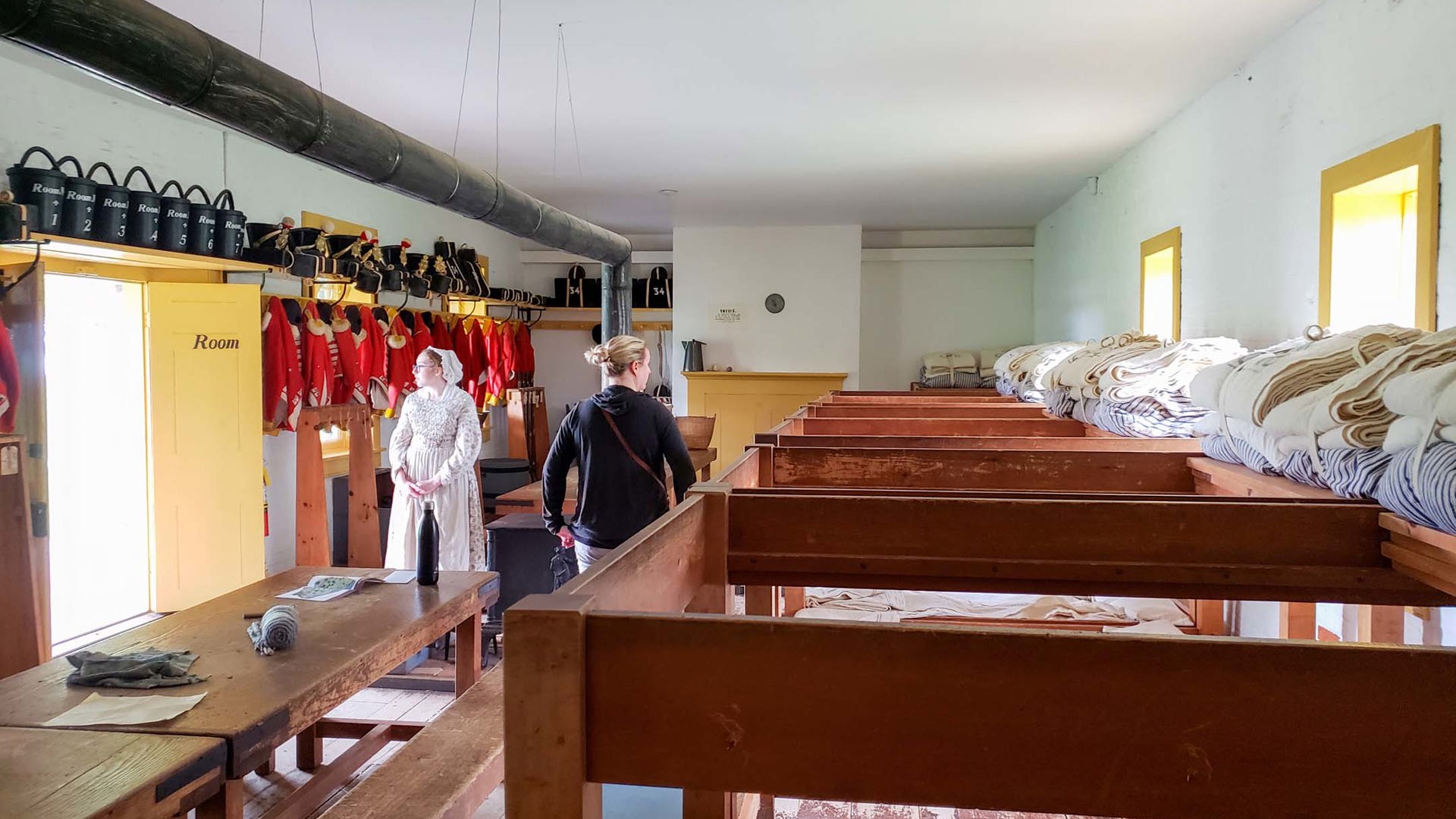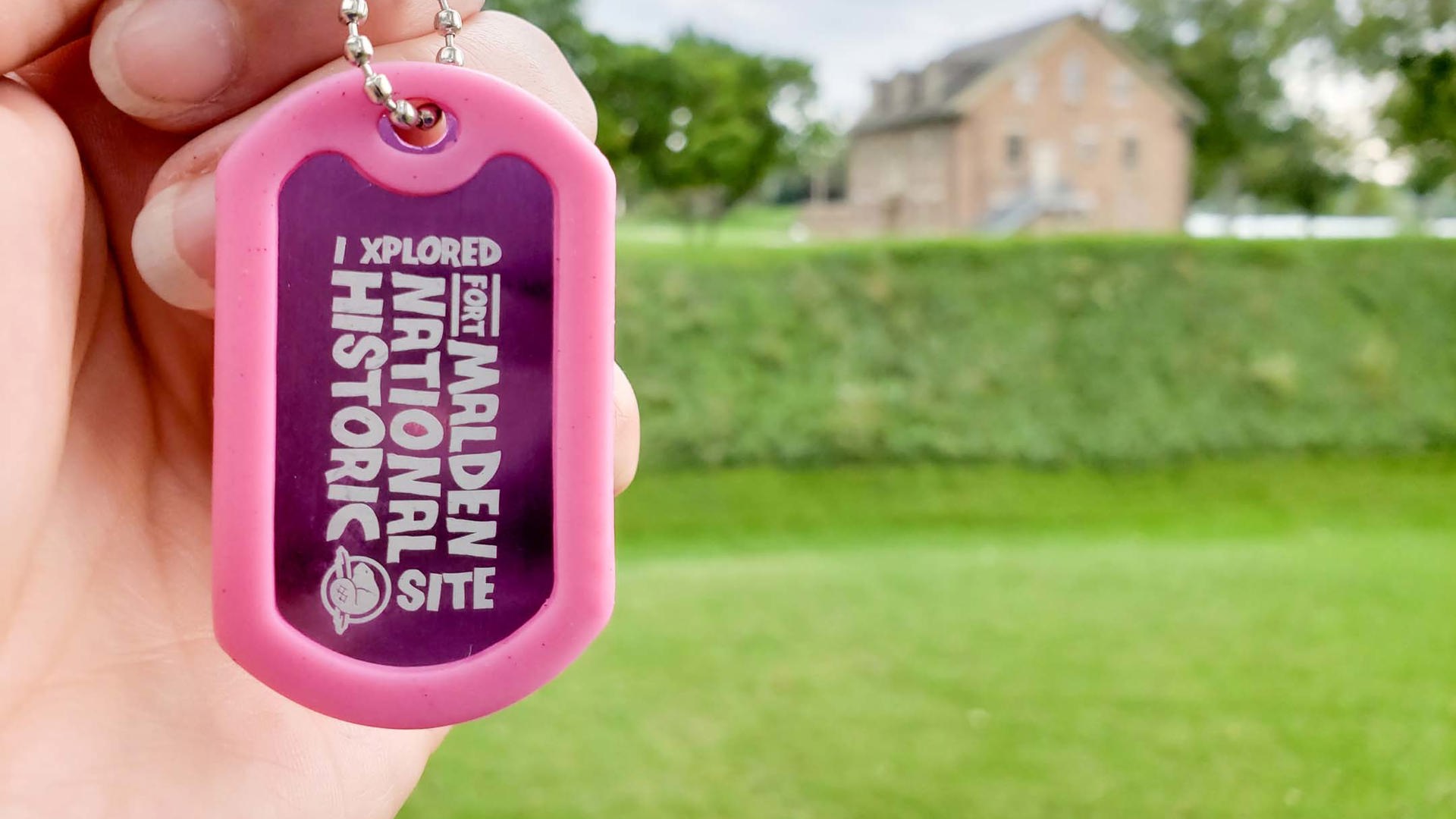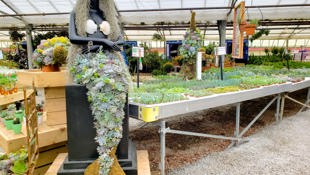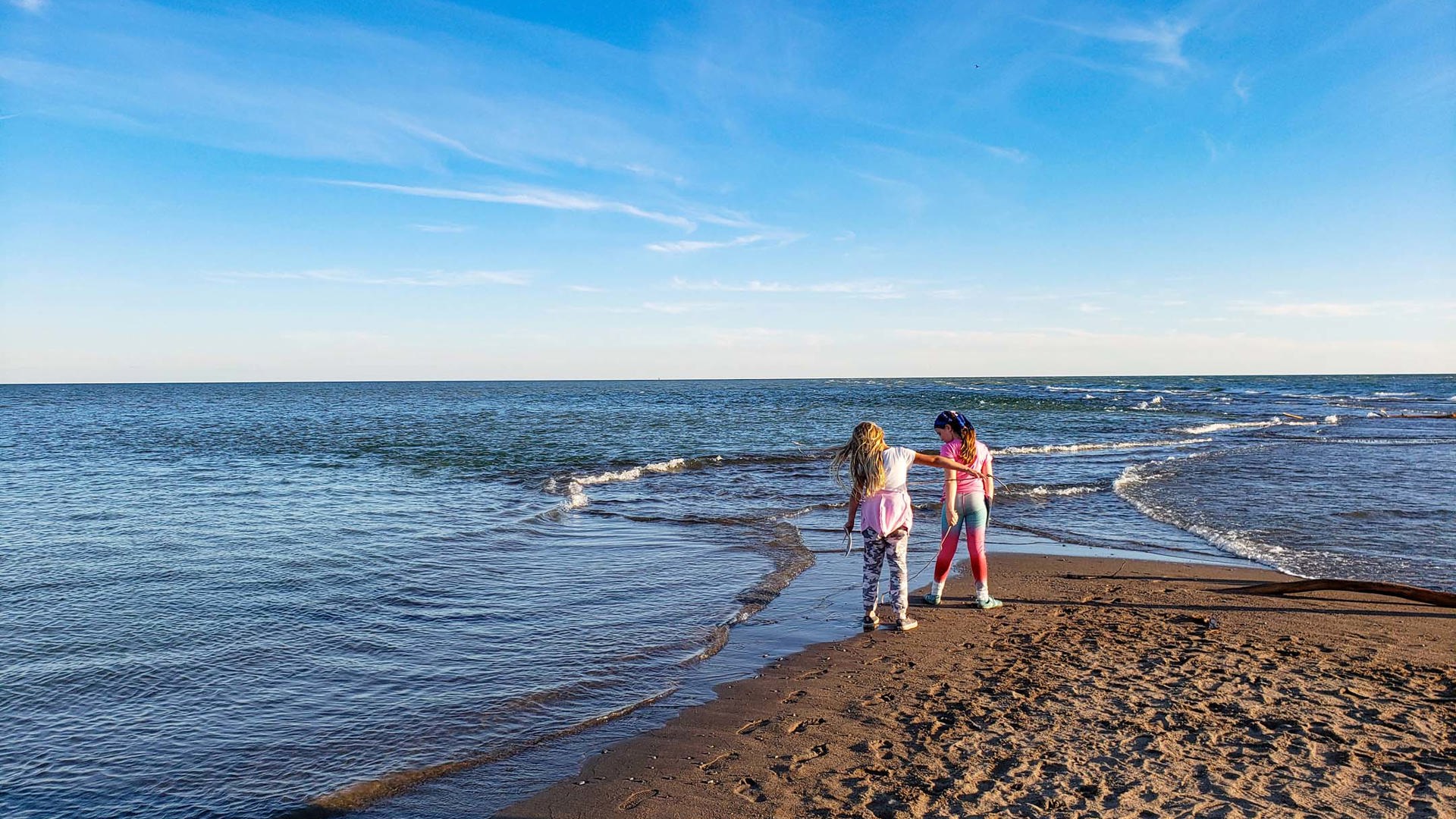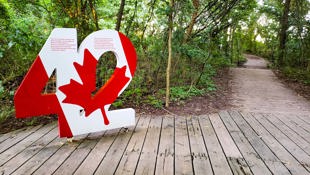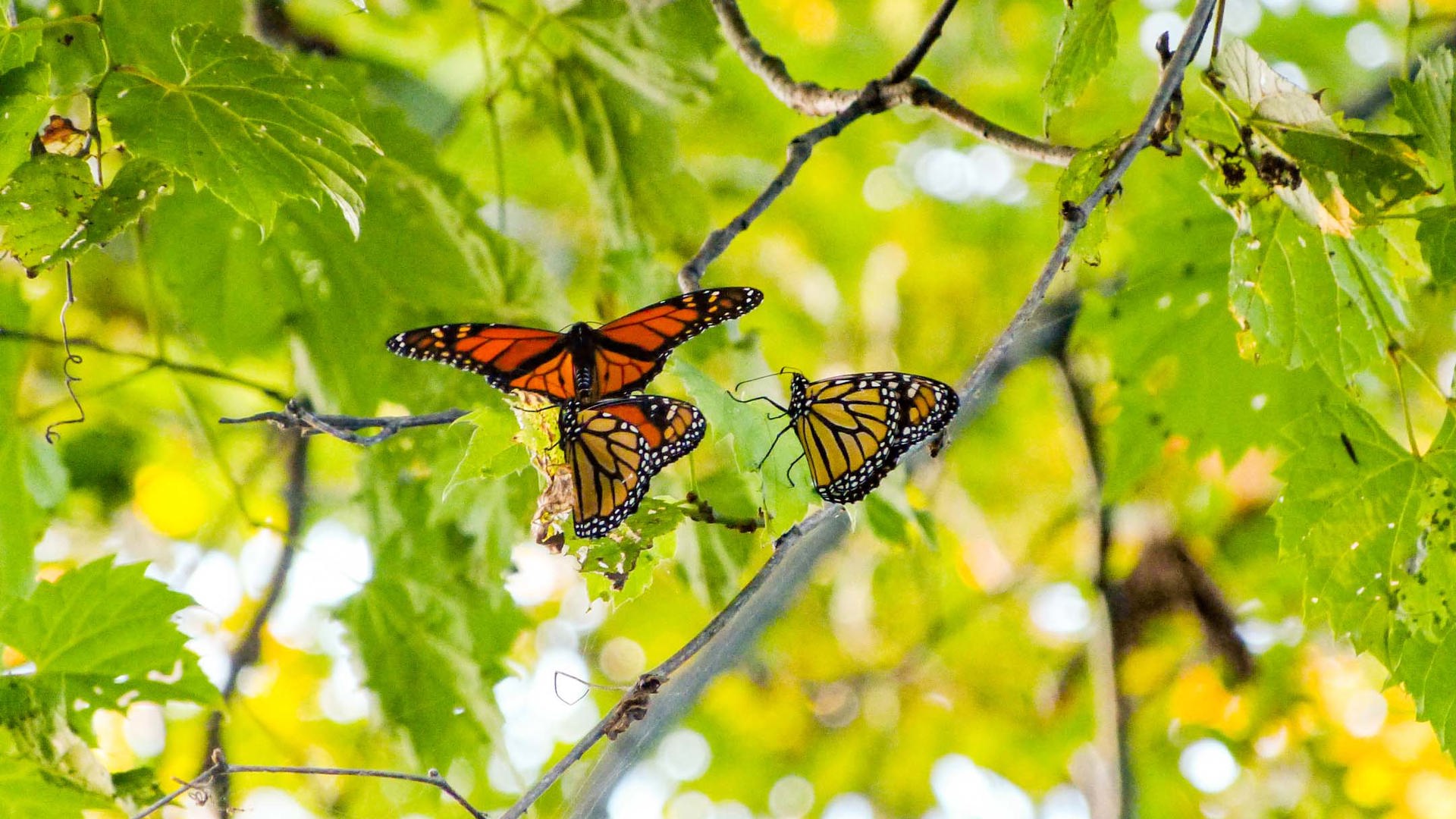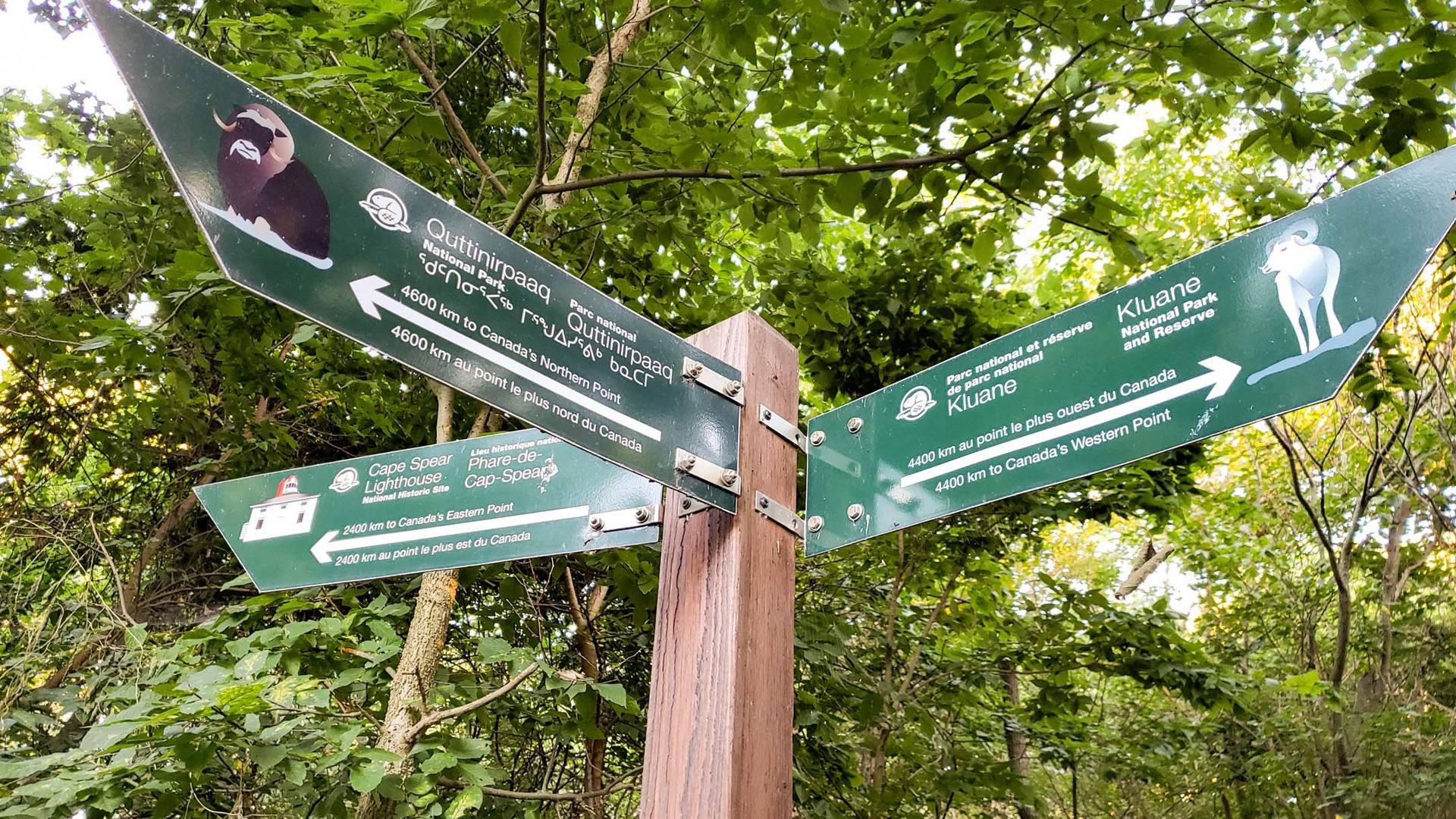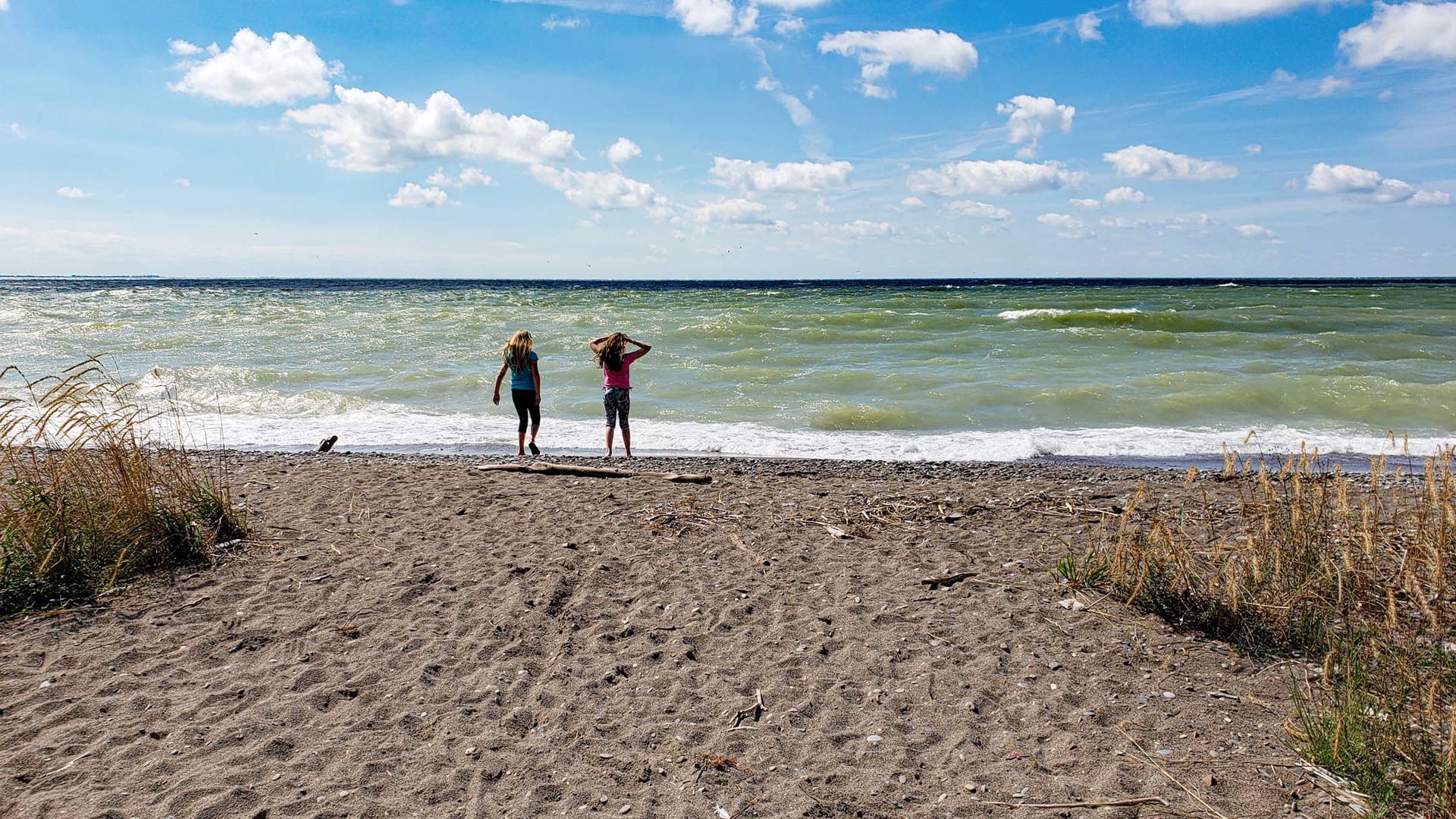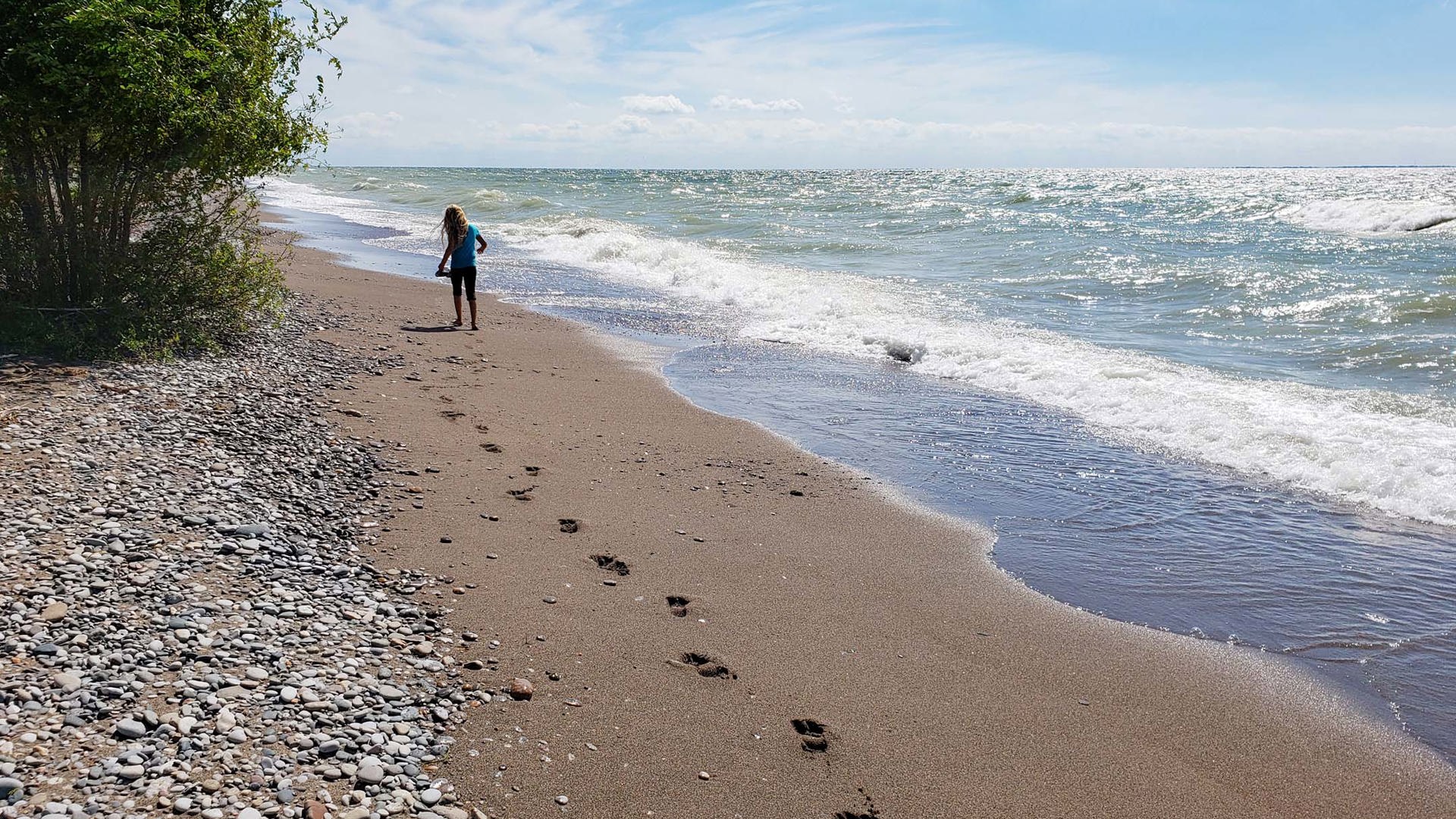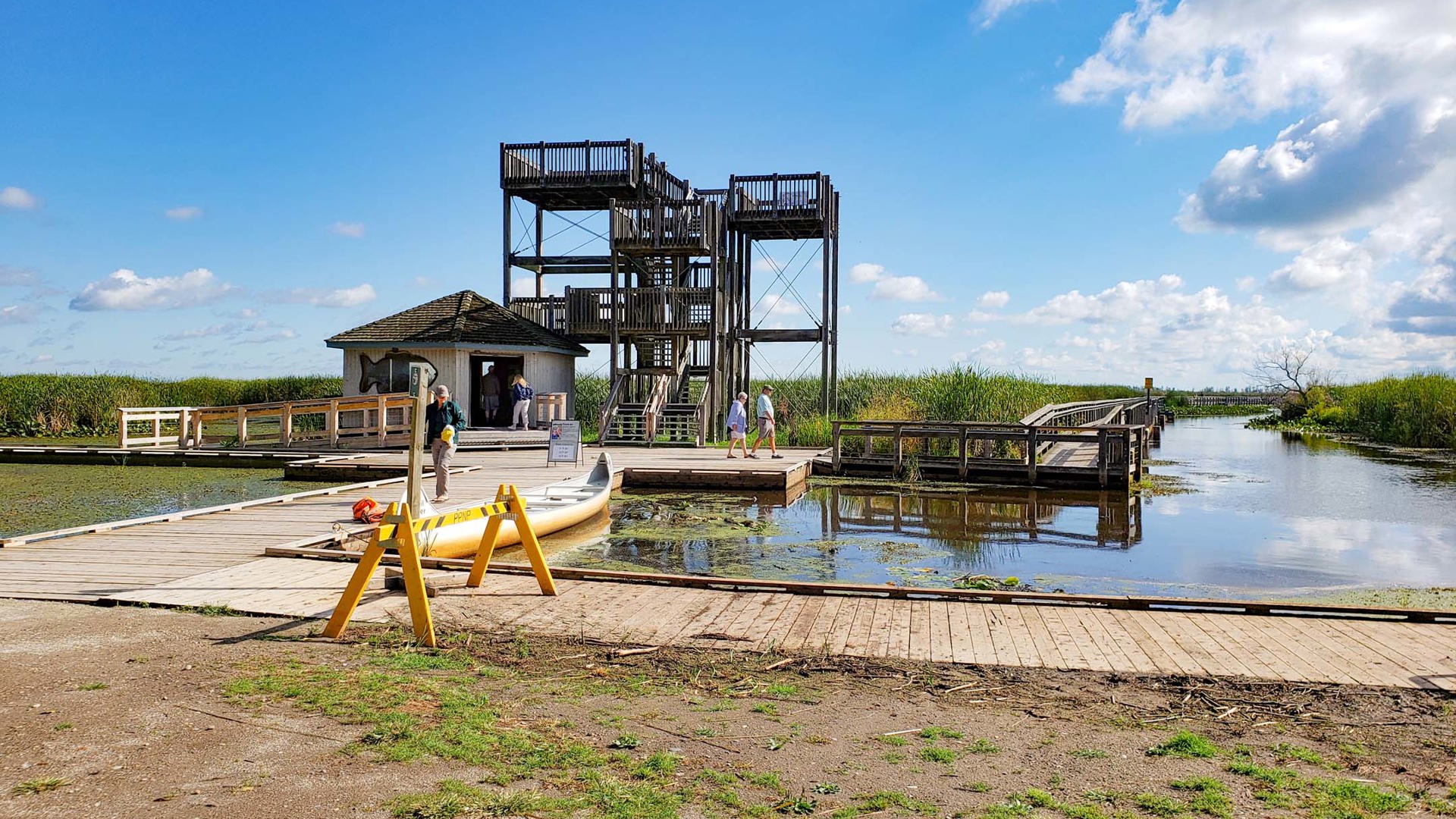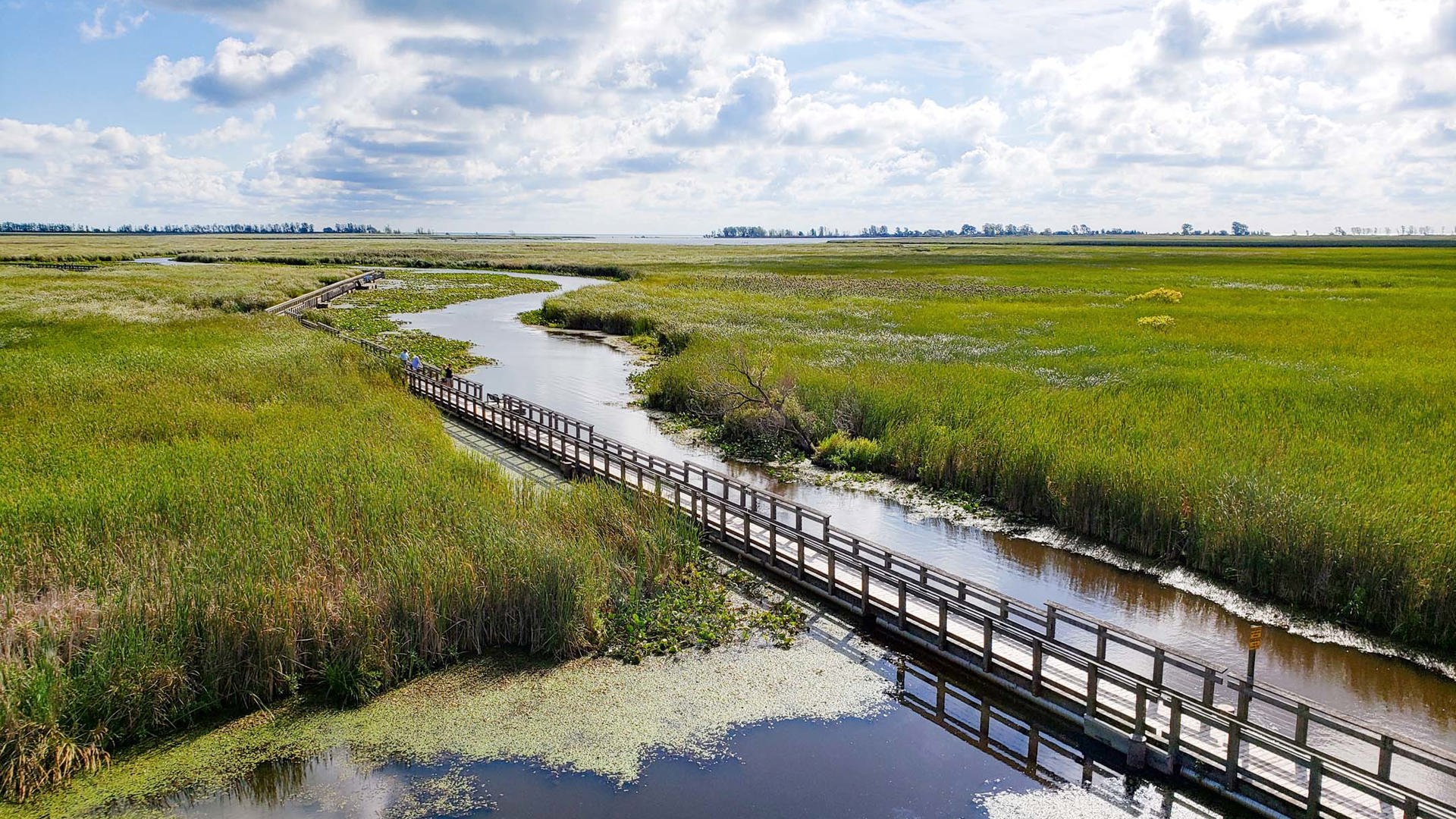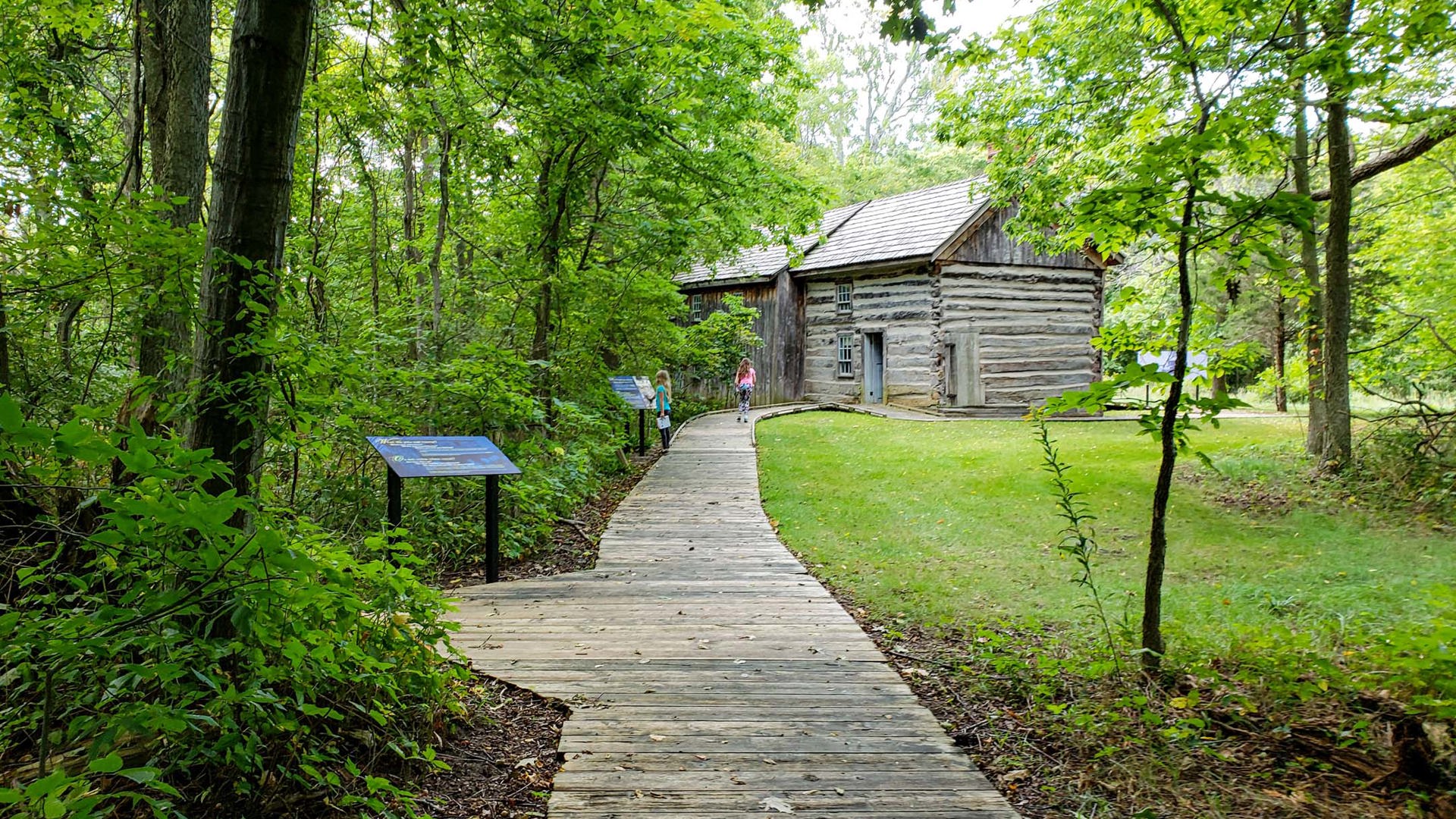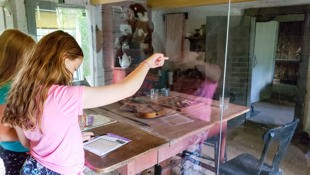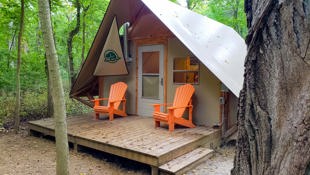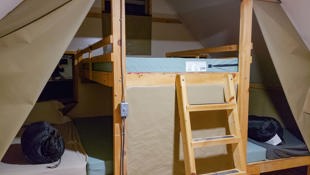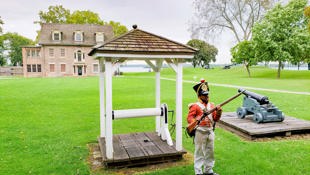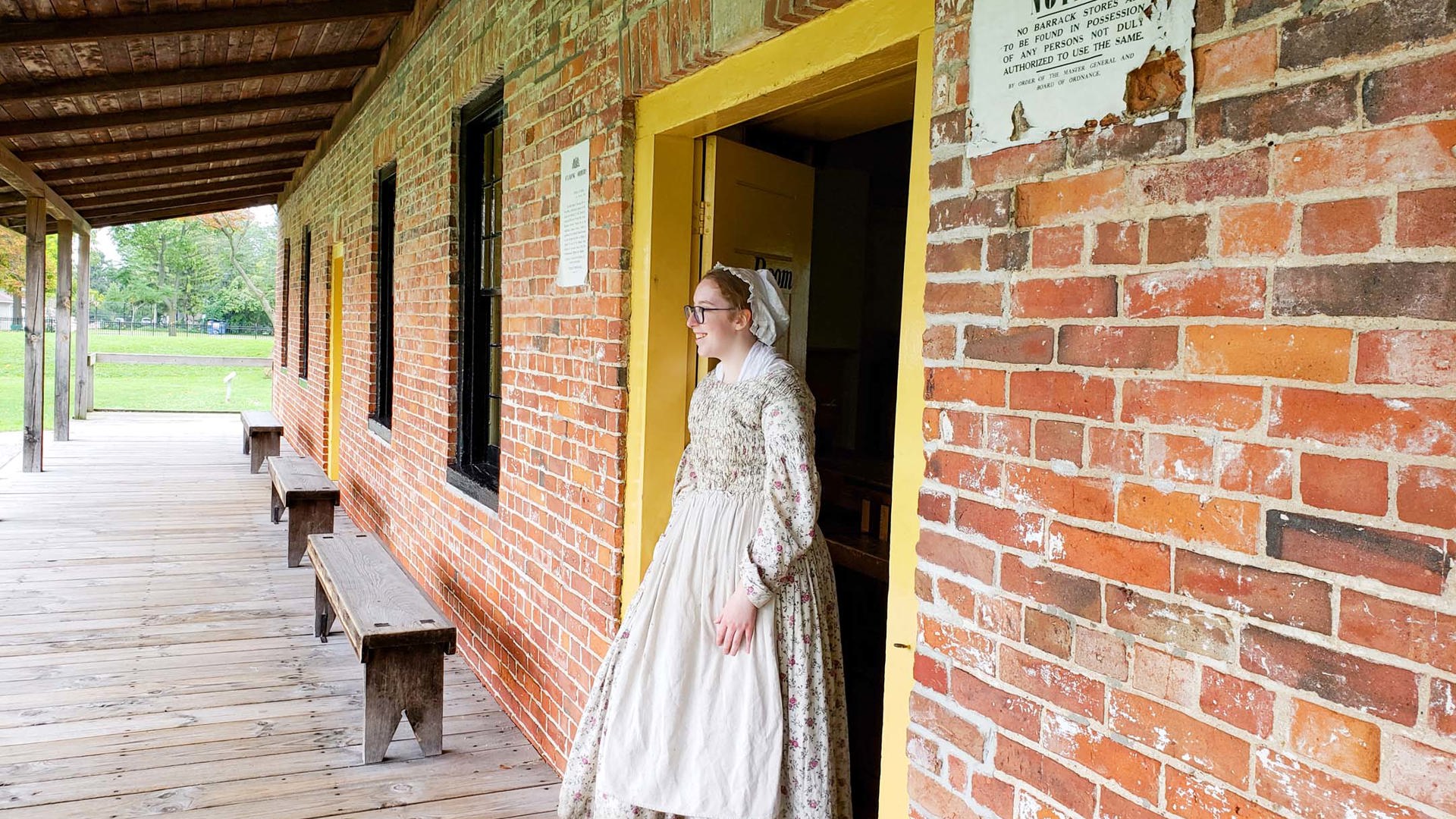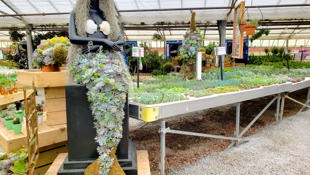First you see one flash of orange, then another.
They look like leaves falling from the trees – except that they never actually fall.
Each autumn, from early September to mid-October, Monarch butterflies begin their annual migration from Canada all the way to a forest-covered mountainous region in central Mexico, nearly 4,000 km away.
They cover as much as 160 km per day, but they don’t especially like travelling over water where there’s nowhere for them to roost if they need a break. So, as they reach the Great Lakes, they follow the coastlines to the points where the land is closest – which often leads them to the southernmost point of mainland Canada at Point Pelee National Park.

That means that we Canadians are bestowed with yet another remarkable natural wonder, one that for many of us is just an afternoon’s drive from home. Of course, no matter how meticulously you plan, nature can’t be controlled, and how many butterflies can be seen on a given day is entirely a crapshoot.
Still, my daughter and I and some friends were determined to try our luck, so we loaded up a 2020 Kia Soul Limited GT-Line – which, to its credit, moved all four of us and our weekend’s worth of camping gear comfortably – and spent a September weekend seeing how many Monarchs we could see.
Some days – like our visit – only a few small groups gather, which is breathtaking enough to witness. But if the butterflies are held up from crossing Lake Erie due to unfavourable winds or temperatures, they can roost at the Tip by the thousands and thousands, filling the trees and the sky with flits of grace.
Fortunately, regardless of the butterfly numbers, this park provides plenty of reason to make the road trip at any time of year. In May, birders flock to the park to witness the northern migration; in the summer, rare turtles can be seen sunbathing in the marsh. While Point Pelee is the second smallest in the Parks Canada system at just 15 square kilometres, there’s a tremendous amount of history and biodiversity packed into this space.
Many Habitats, One Park
The best-known place in the park is the Tip, which is the point at which the Monarchs congregate while waiting to cross the lake and the southernmost point of mainland Canada. It’s situated just below the 42nd parallel, a line of latitude that also passes just north of Rome and along the California-Oregon border.
(The southernmost point of Canada is actually Middle Island, which is south of Pelee Island just a few metres from the Lake Erie marine border with the United States. During American Prohibition, it was a haven for rum-running and gambling. Today, it’s part of Point Pelee National Park, but it’s a nature conservancy and is not open to the public.)
It’s a busy place just about any time, but it’s worth fighting the crowds to make the trek. Once there, you’re standing with your back to the entirely of Canada’s vastness, and all of it is converging in front of you into this single point in the sand that disappears into Lake Erie’s ripping currents. It’s one of those powerful moments in life that leaves you feeling quite small in the face of nature’s enormity.
It’s also a treat that my friend and I could bring our daughters to this place together: they visited Canada’s easternmost point, Cape Spear National Historic Site in Newfoundland, three summers ago. The other two of the country’s extremes would be much harder to reach: the westernmost point is deep in the mountains of Kluane National Park in Yukon, and the northernmost point is Cape Columbia on Ellesmere Island in Nunavut’s Quttinirpaaq National Park, 769 km from the North Pole. But who knows? Maybe they’ll terrify their mothers and get adventurous enough to make those trips someday.
Anyway, during the busy seasons, the only way to get to the Tip for most of the day is to take the park shuttle, which picks passengers up outside the visitor centre. (While you’re waiting, look for the Eastern Prickly Pear Cactus. It’s Canada’s only native cactus species, and this is one of only two places in the country where you can see it for yourself.)
If you’d rather take your own car to the Tip, though, you can wait until the shuttle stops running for the day, when the staff will open the gates to the road that leads to the south parking lot. Be prepared to get there a few minutes beforehand and wait in line or you’ll be too late to snag a parking space.
But the best option for getting around, in fact, just might be to bring a bicycle. We didn’t think to do this, but we saw plenty of others who did, and the park’s single-road layout makes pedaling back and forth to the major locations an easy and more flexible transportation option.
Speaking of other locations, there are plenty. Our daughters are big fans of the West Beach, which has several access points along the main road, including one directly across from the Camp Henry oTENTik village. Lake Erie’s waters aren’t always the cleanest, and the beaches close occasionally if certain contamination levels are reached. But when they’re open and safe for swimming, they’re truly beautiful, almost ocean-like on a day when the wind picks up the waves. The kids could happily have stayed all day – and if you and yours have the patience, the sunsets from here are incredible.
For those who would rather keep moving, the Marsh Boardwalk is one of the more northerly features of the park, a set of lookout towers and boardwalk trails through a thriving marsh ecosystem. You’d think you wouldn’t see much apart from cattails here, but we discovered all sorts of birds, a variety of butterflies, and fascinating water bugs travelling in swarms. In the summer, painted turtles lounge on rocks to sunbathe. Snakes, amphibians, minks and muskrats, and a variety of fauna are also common visitors, and this spot is an ideal starting point for paddlers as it connects to the waterways that weave through most of the park.
Further south along the road, a varied history comes into focus. Not so long ago, the community that crowds the shorelines to the north of the park extended all the way down to the point. A small portion of that history is preserved on the DeLaurier Homestead, the 19th-century home of Olivier DeLaurier and his descendants, and the oldest structure still standing in the park.
National parks in Canada are so interesting. Some of them, like Riding Mountain National Park in Manitoba, are preserved in the state in which they’ve operated for decades. Others, like Point Pelee National Park, are examples of the opposite: the land here was deemed too ecologically important for human habitation, and so it was the first Canadian national park established for conservation when it was created in 1918. To help return the land to its natural state, the communities that once called the point home were expelled, sometimes with compensation but often forcibly and against their will.
The people who were removed – from colonials to First Nations people, the latter for whom the land here remains unceded territory – were almost universally unhappy about it. But to its credit, the park doesn’t shy away from this aspect of its history: the trail around the homestead has placards telling the stories of the families who were bitterly ripped from the homes they loved in the noble name of nature conservancy.
The homestead, along with many of Point Pelee’s other features, is highlighted in the park’s Xplorers program, which encourages kids to interact with national parks and historic sites by completing activities for which they take home a prize. We came to give the girls a chance to earn new tags for their collections, but we left with a much deeper understanding of the nuances of preservation at odds with civilization.
The Practicalities
If you want to stay inside the park and within easy reach of all it has to offer, you have only one option: the oTENTik village at Camp Henry. oTENTik is Parks Canada’s name for a permanent soft-sided structure that’s a cross between a cabin and a tent, and several dozen of them are clustered together here roughly halfway down the park road.
Upside: although half the village becomes a YMCA camp during weekdays in the summer, camping is accessible year-round (and winter camping here could be an amazing introduction to the pastime). Plus, oTENTik camping is relatively easy and is a great way for families to try outdoor living if they’re new to the concept.
Downside: at $120 per night, it can get pretty pricey, and it’s too bad there’s no budget option. Plus, no food consumption or preparation is allowed inside the oTENTiks; you have to use the exterior barbecues and wildlife storage bins on the campsites, or keep things in your car in the parking lot a short walk away. This means cooking and eating meals out in the elements, whatever they may be on a given day.
Then again, the park isn’t all that large, and there are rental cottages and traditional campgrounds not terribly far away for those who prefer the usual approach.
It wouldn’t be right to omit the fact that there are a few aspects to the park that merit caution. In some areas, signs warn of lingering DDT contamination, and in others, regulated herbicide spraying is being used to control invasive species. Ticks with Lyme disease have also been found on the point. In certain seasons, mosquitoes and stable flies can be nuisances. These things shouldn’t keep anyone away, but they should encourage people to arrive prepared and avoid wandering aimlessly into the bush. Staying on the established pathways and using bug spray regularly are key to enjoyment of the park.
More to Explore
Once you leave Point Pelee on a Sunday morning, you may find you can spend a few hours enjoying Essex County and Windsor before heading home. In that case, there’s plenty more to do:
Fort Malden National Historic Site in Amherstburg, near Windsor, offers another opportunity to top up the Parks Canada Xplorers tag collection. While its local historic significance runs deep – British Major General Sir Isaac Brock and Shawnee Chief Tecumseh met here to plan their successful joint attack on Fort Detroit, and this is the site of the longest American occupation on Canadian soil – the modern-day site itself is relatively small. The fort’s ditches are still visible around a handful of original buildings, including a barracks that stands furnished true to period. A sizeable museum explains the area’s military history, and on the right day, visitors can see a musket firing demonstration. Fort Malden is on a smaller scale to some of Canada’s other preserved forts – particularly Fort George in Niagara-on-the-Lake – but it’s interesting to visit if you have time to take in the museum or you’re in the area and have never been to a fort before. A couple of hours is plenty of time to explore the site, which is open from mid-May to mid-October each year.
Colasanti’s is in Kingsville, a 20-minute drive from the park gates. It’s a massive tropical plant nursery that somehow, bizarrely, morphed into an amusement park of sorts for kids and a place famous for its “Broasted” chicken. There are rides, arcade games, a petting zoo, mini-golf, and more, all located indoors among the greenhouses along with a full cafeteria-style kitchen and a fudge and sweets shop. I didn’t try the chicken myself, but I’m told it lives up to the hype.
If you’re lucky enough to be an adult who has a designated driver along, Lake Erie’s north shore is home to an excellent wine touring region with 15 wineries located here. We didn’t want to pull the kids away from their fun afternoon for long, but I kept them busy for a few minutes while my friend popped in to taste a few favourites and pick some up to take home.
And while we didn’t stop in here this time around, when I’m in the Windsor area with my daughter, we often stop in at Adventure Bay Family Water Park. I like that it’s large, indoors, and operates year-round, but isn’t on quite the scope or cost of some of the larger ones that require overnight stays. This one is municipally run and is the perfect size and stimulation level for younger kids.
